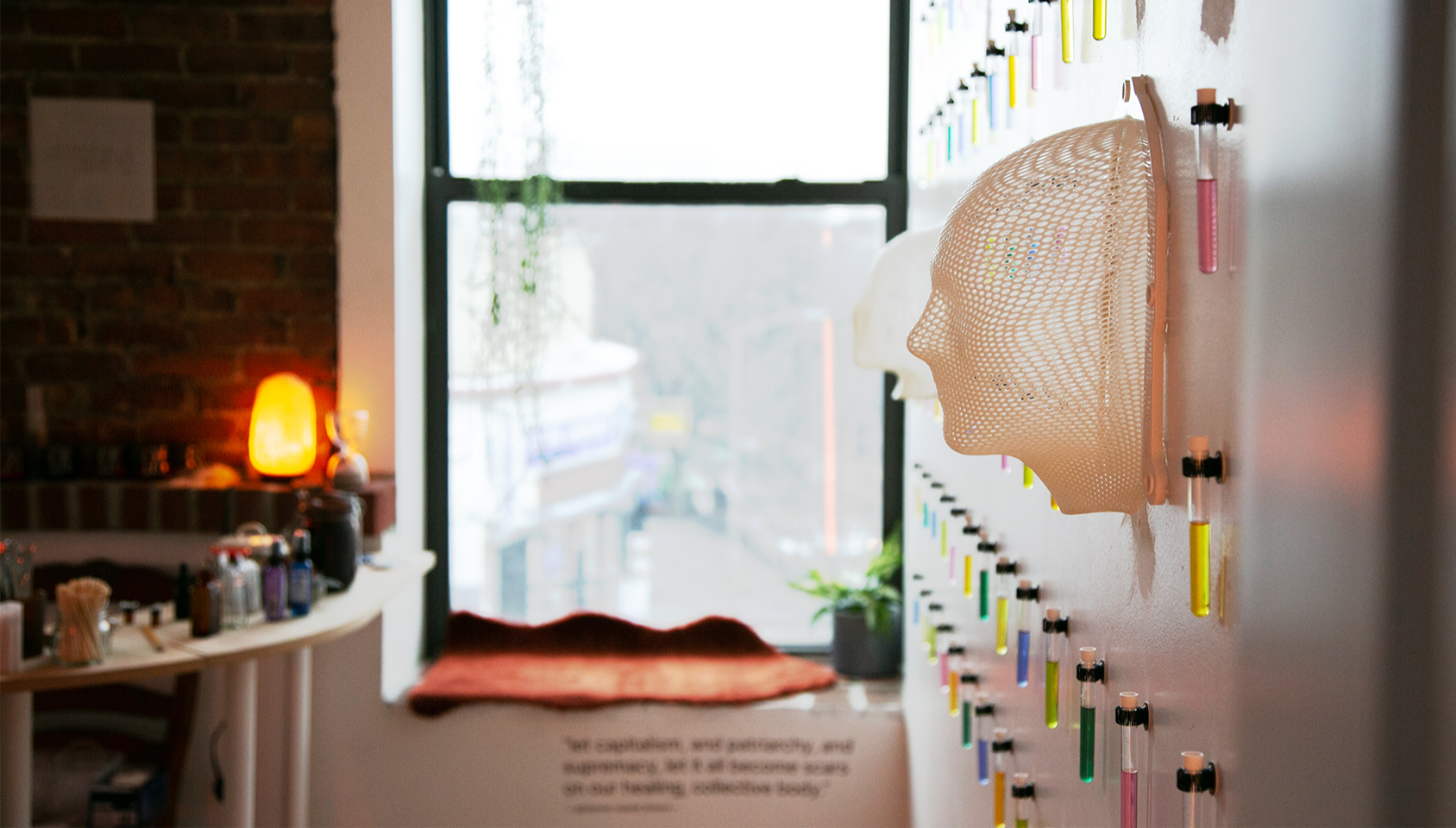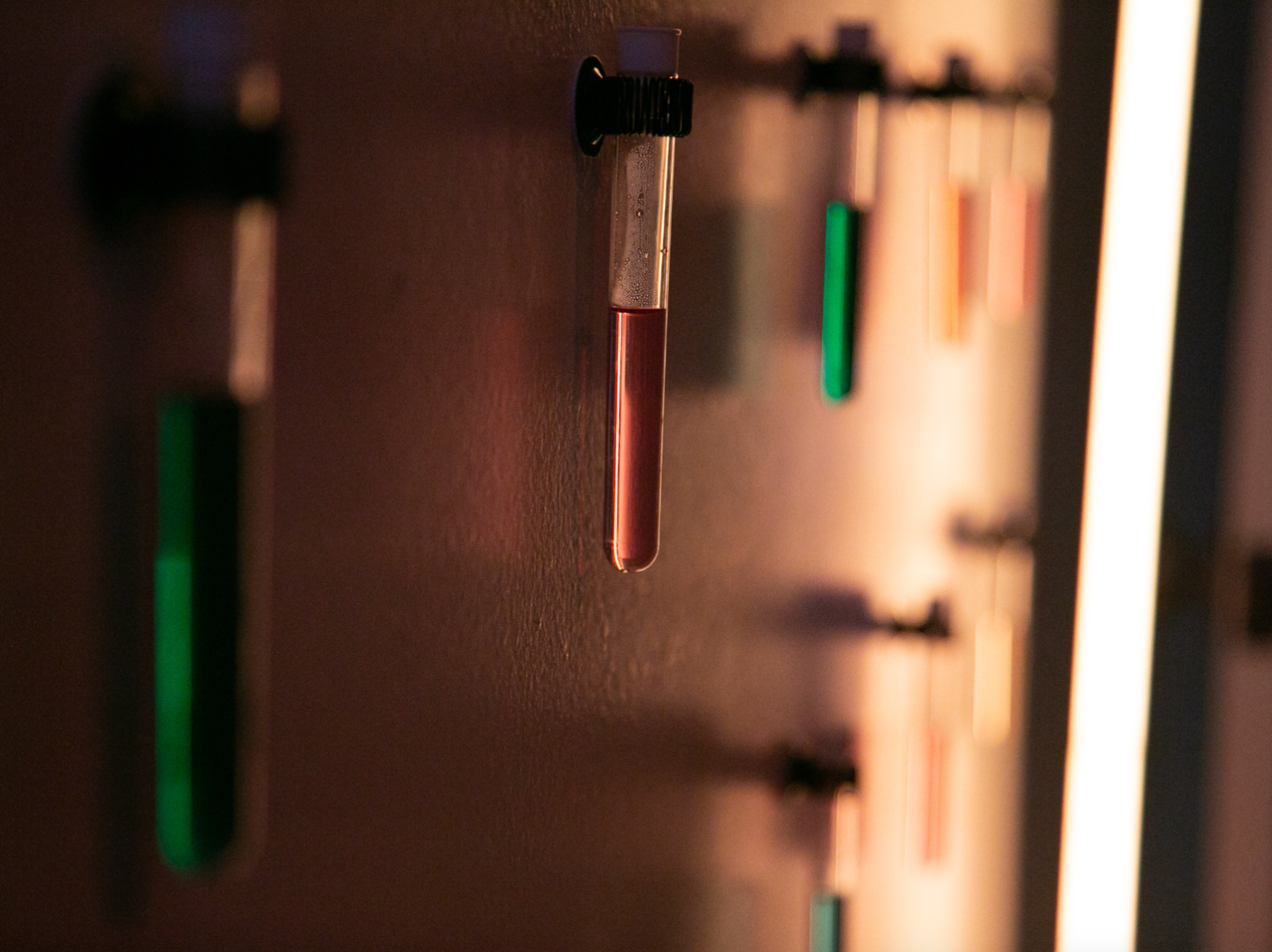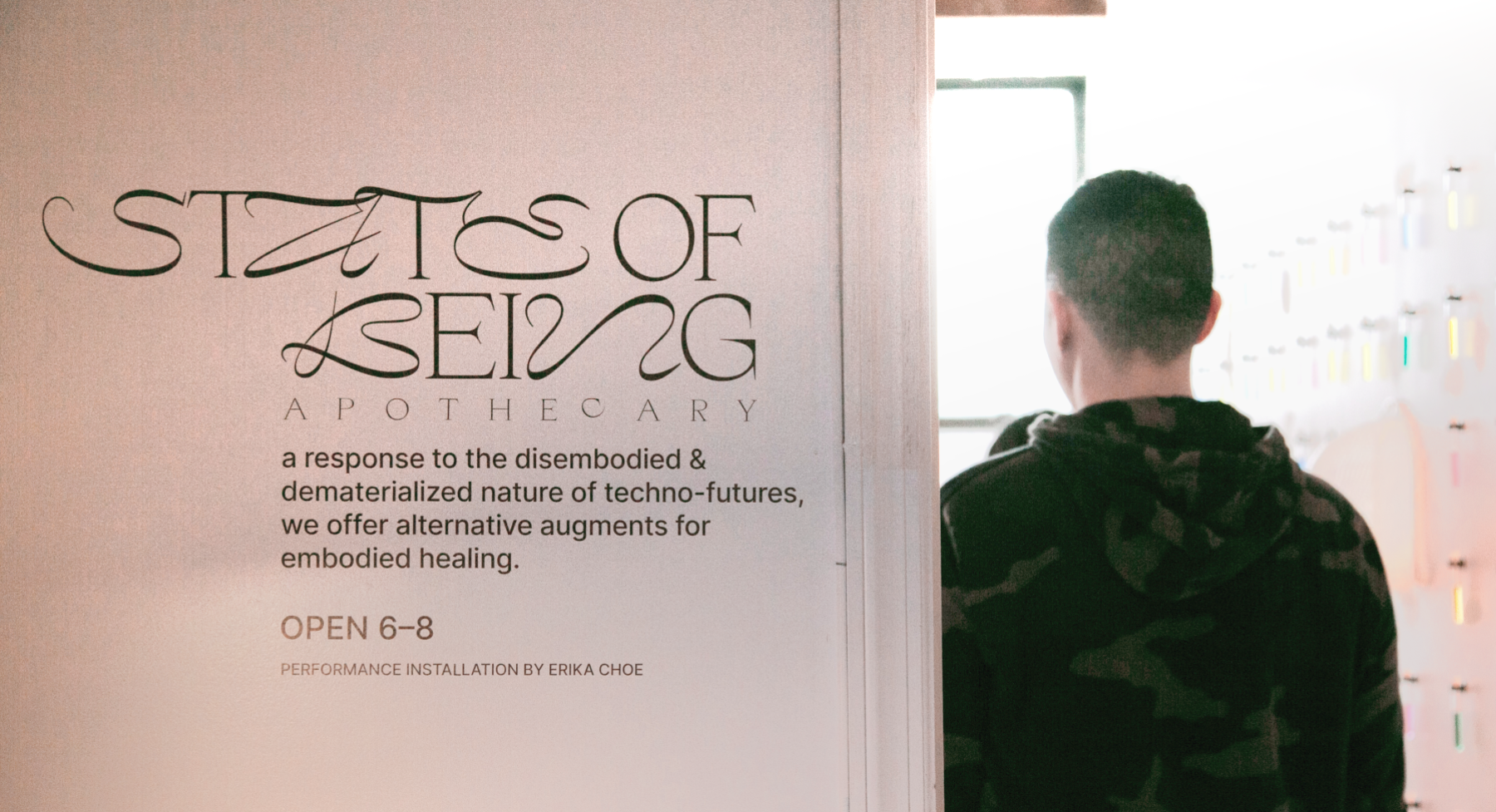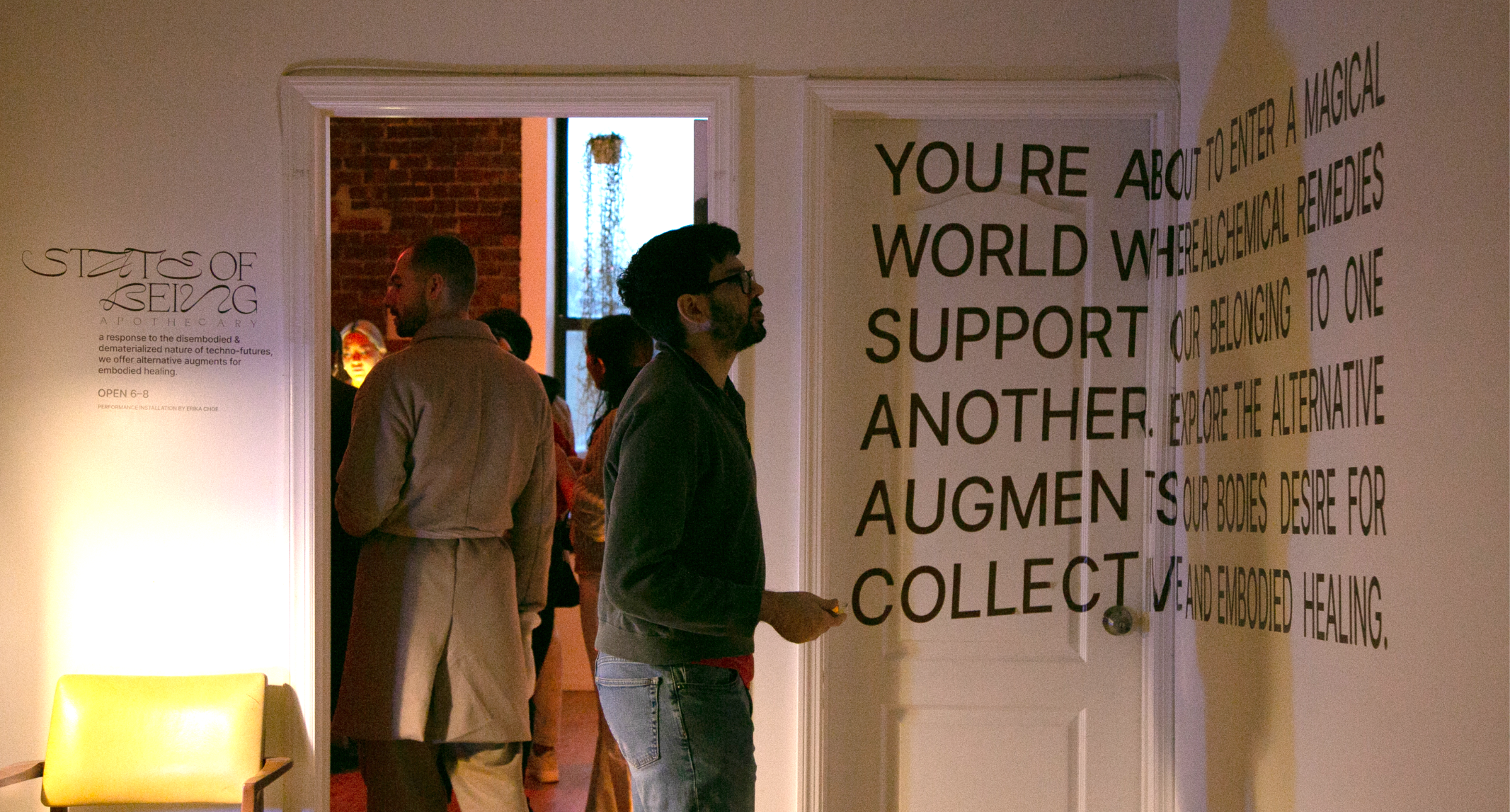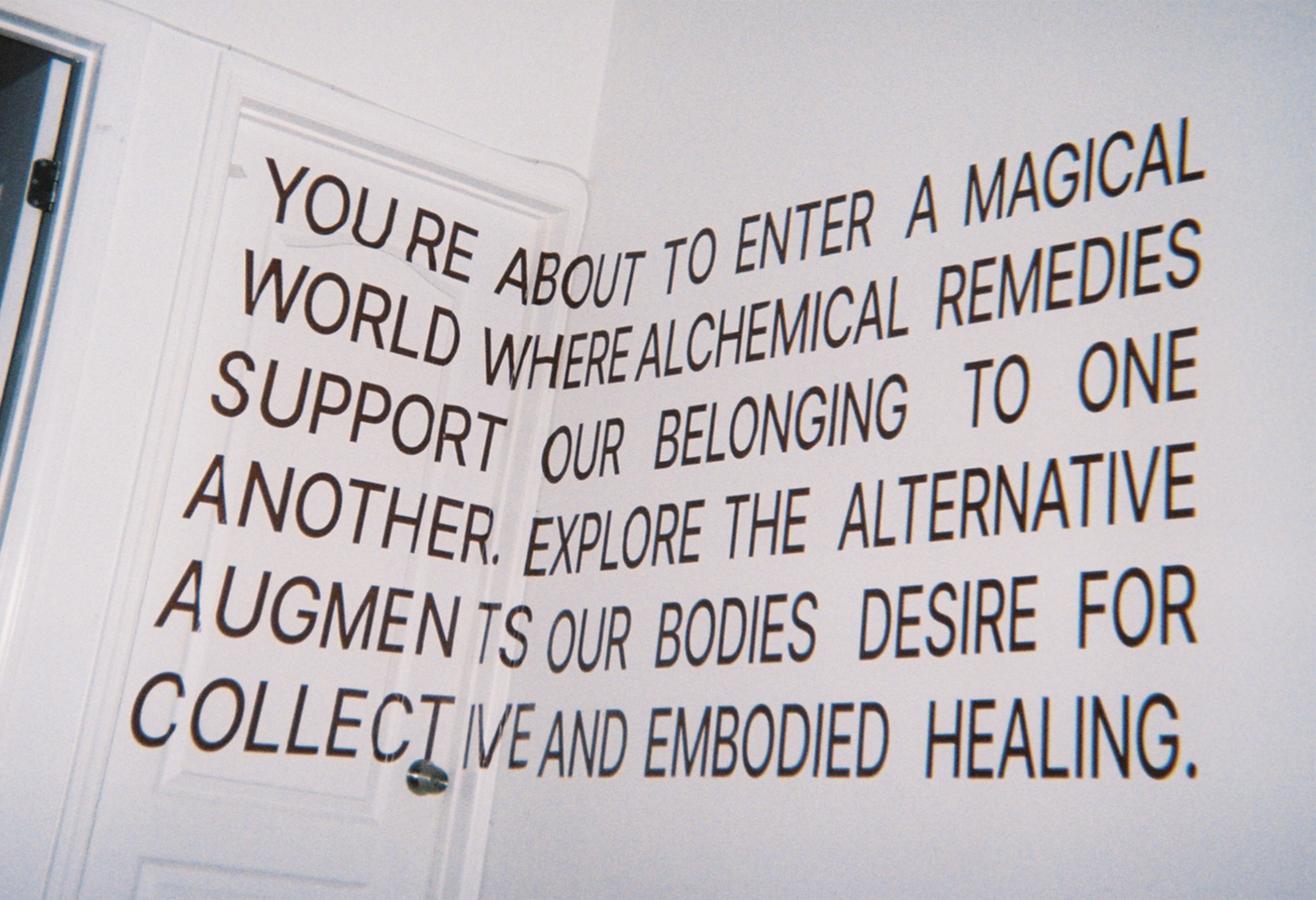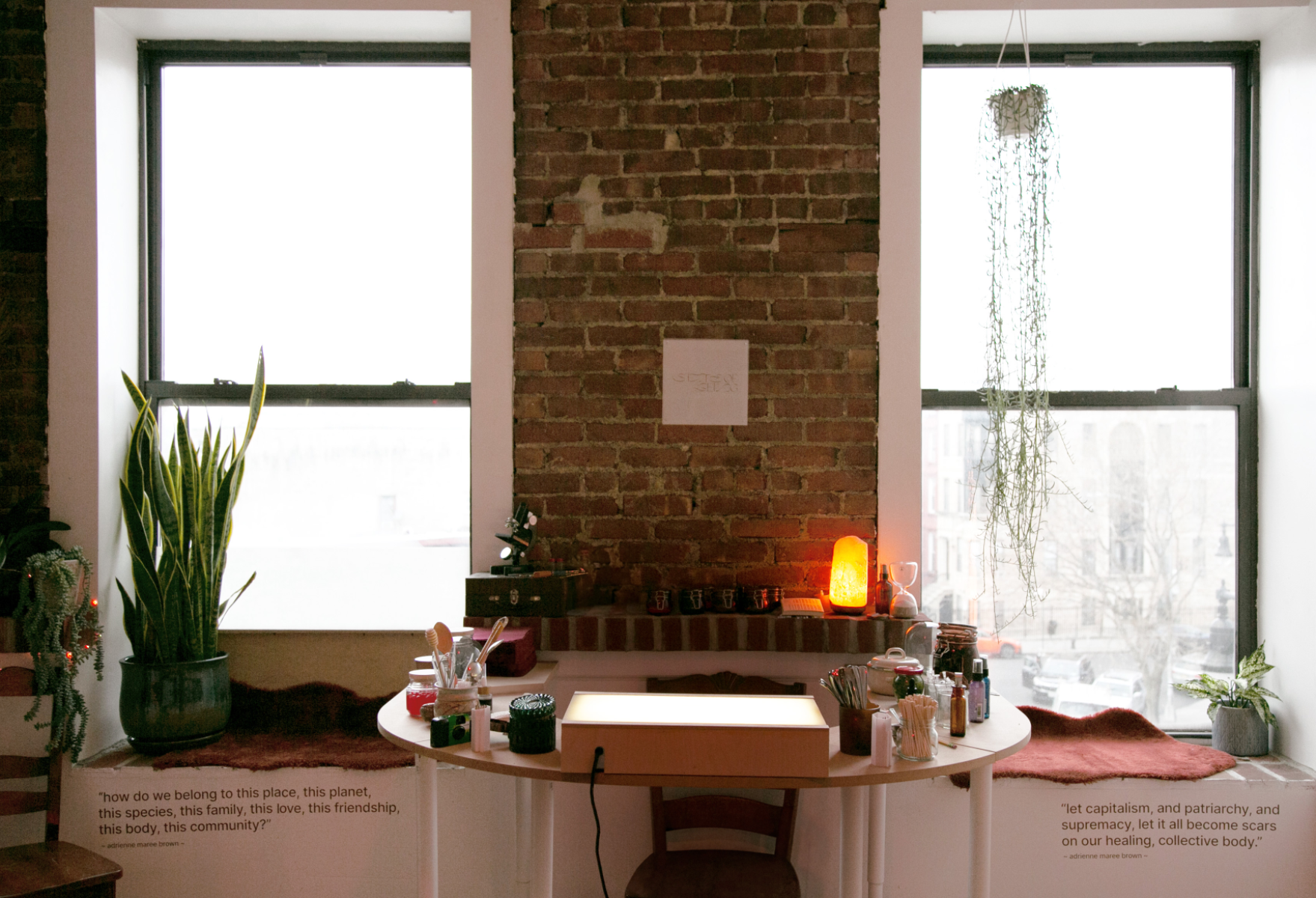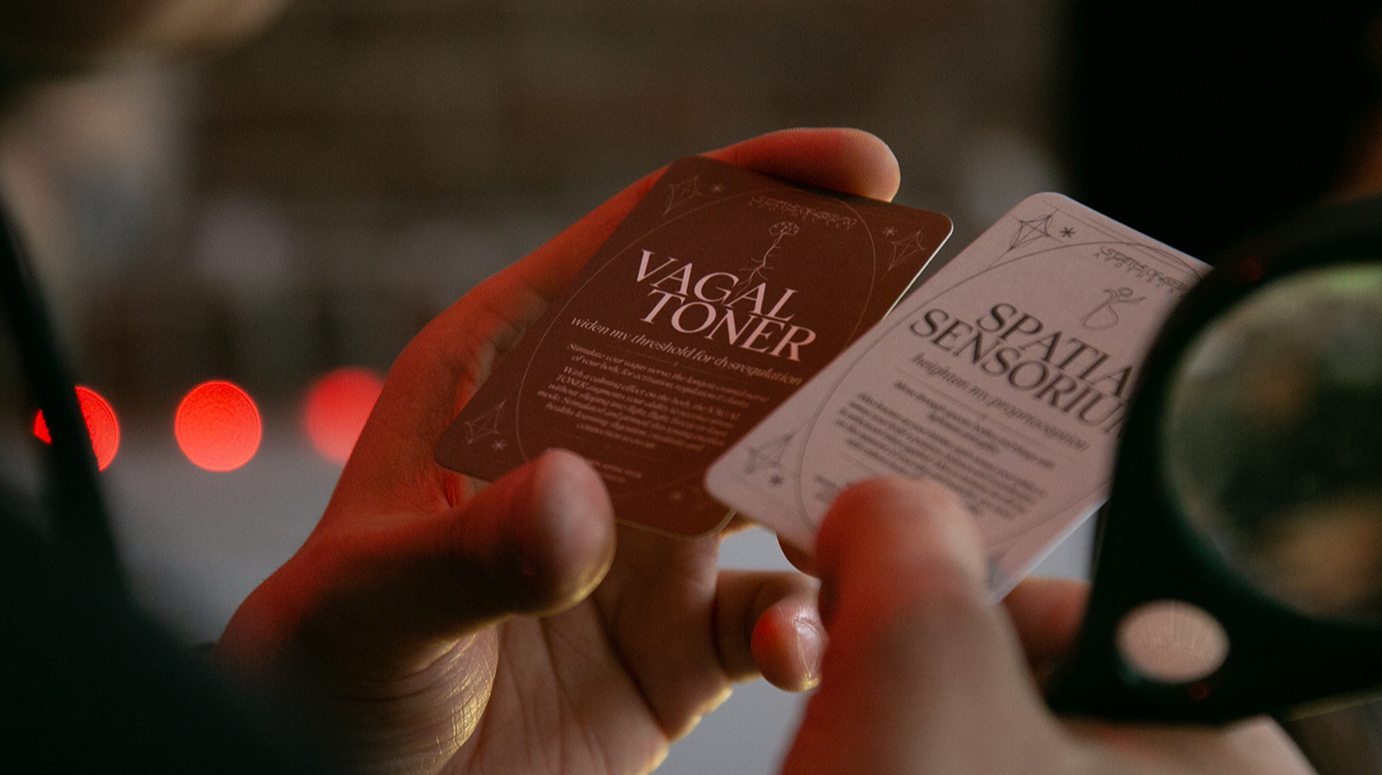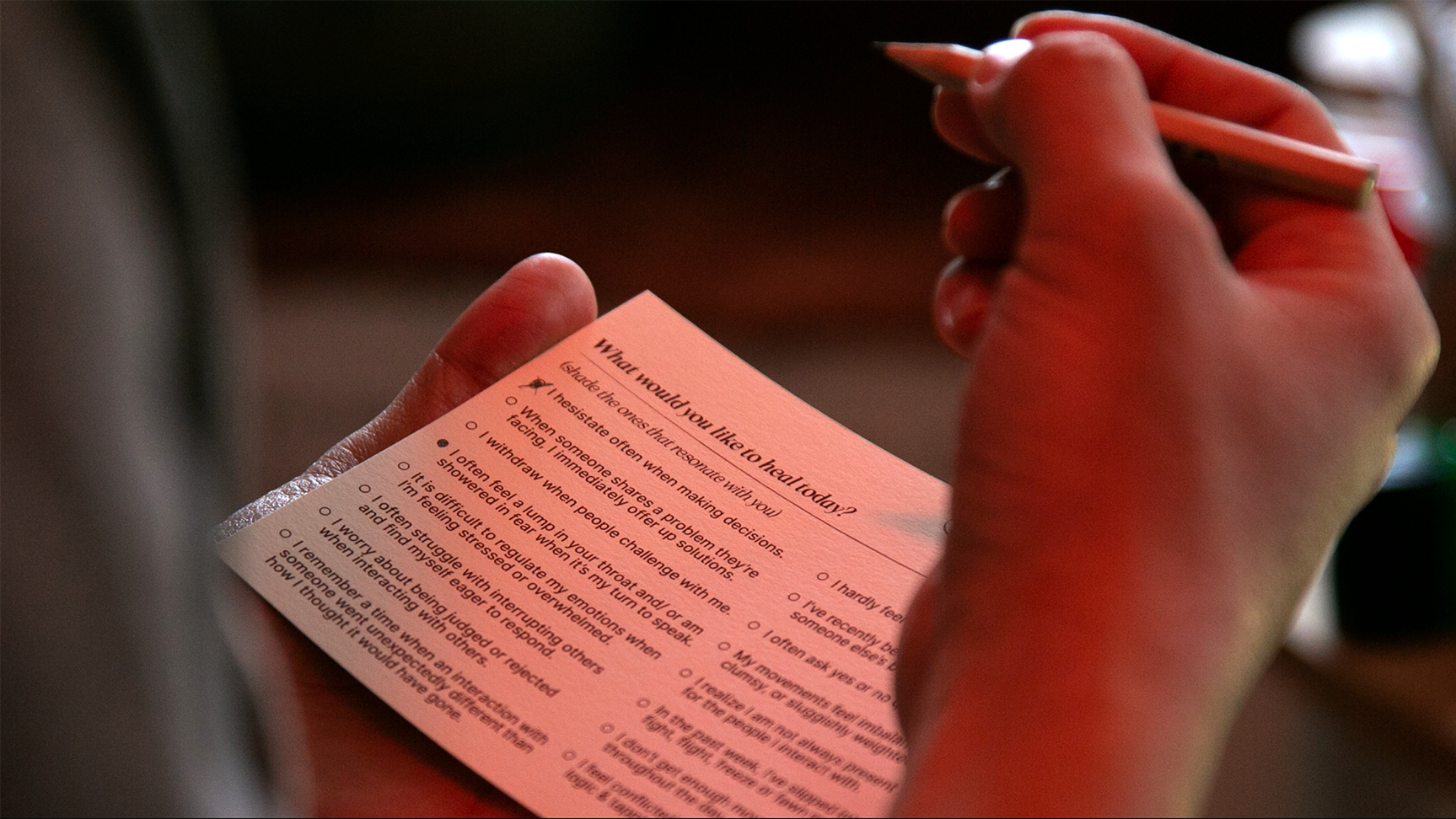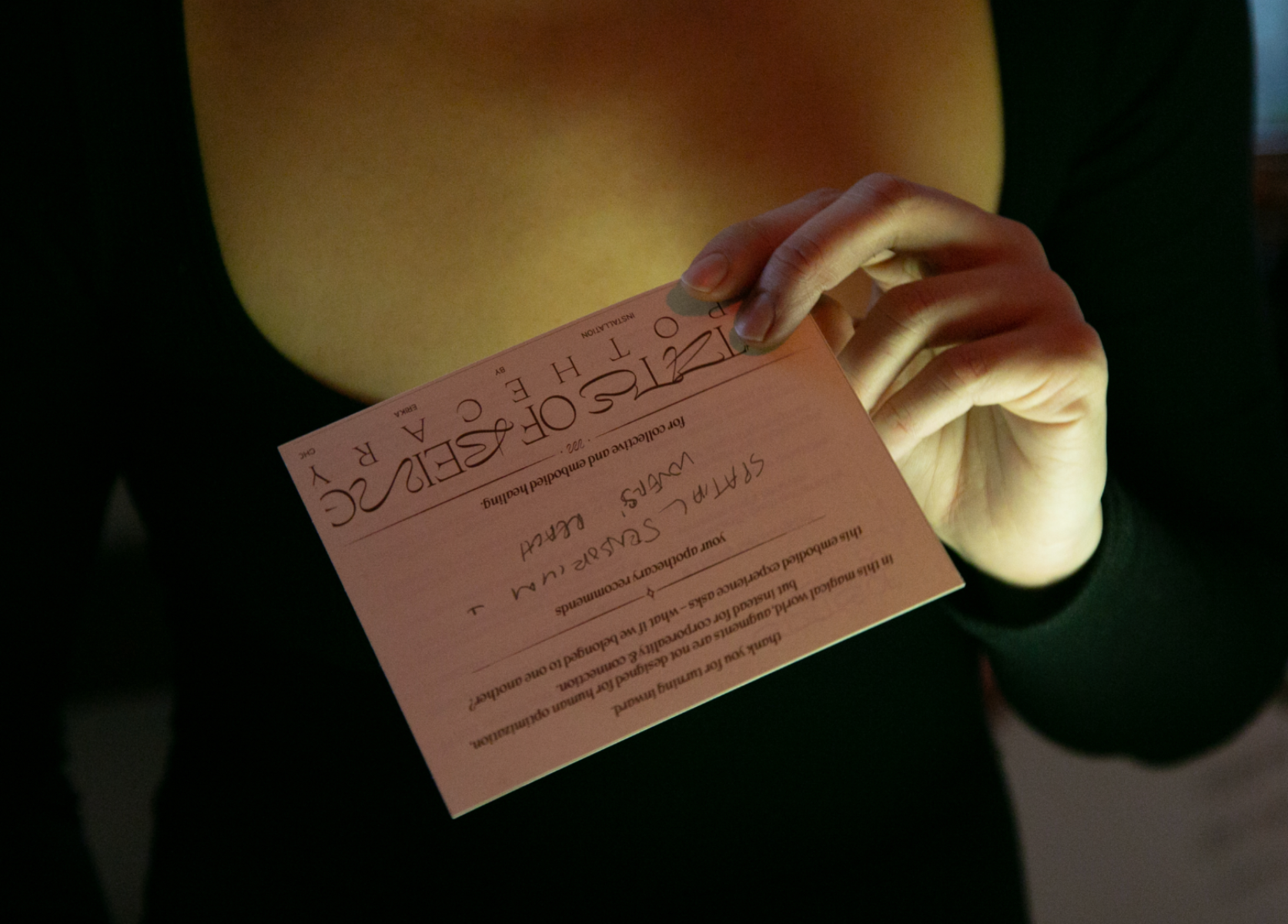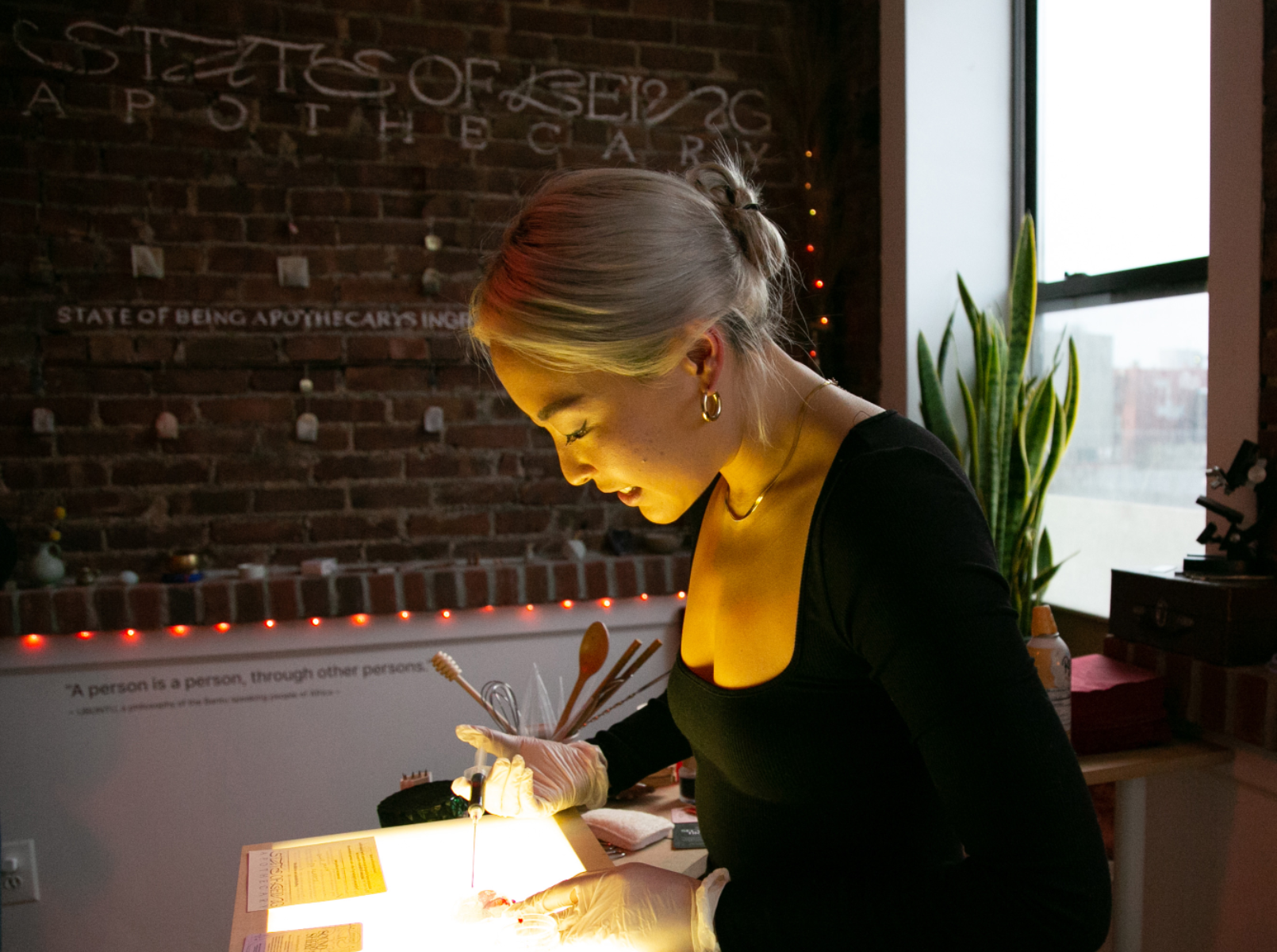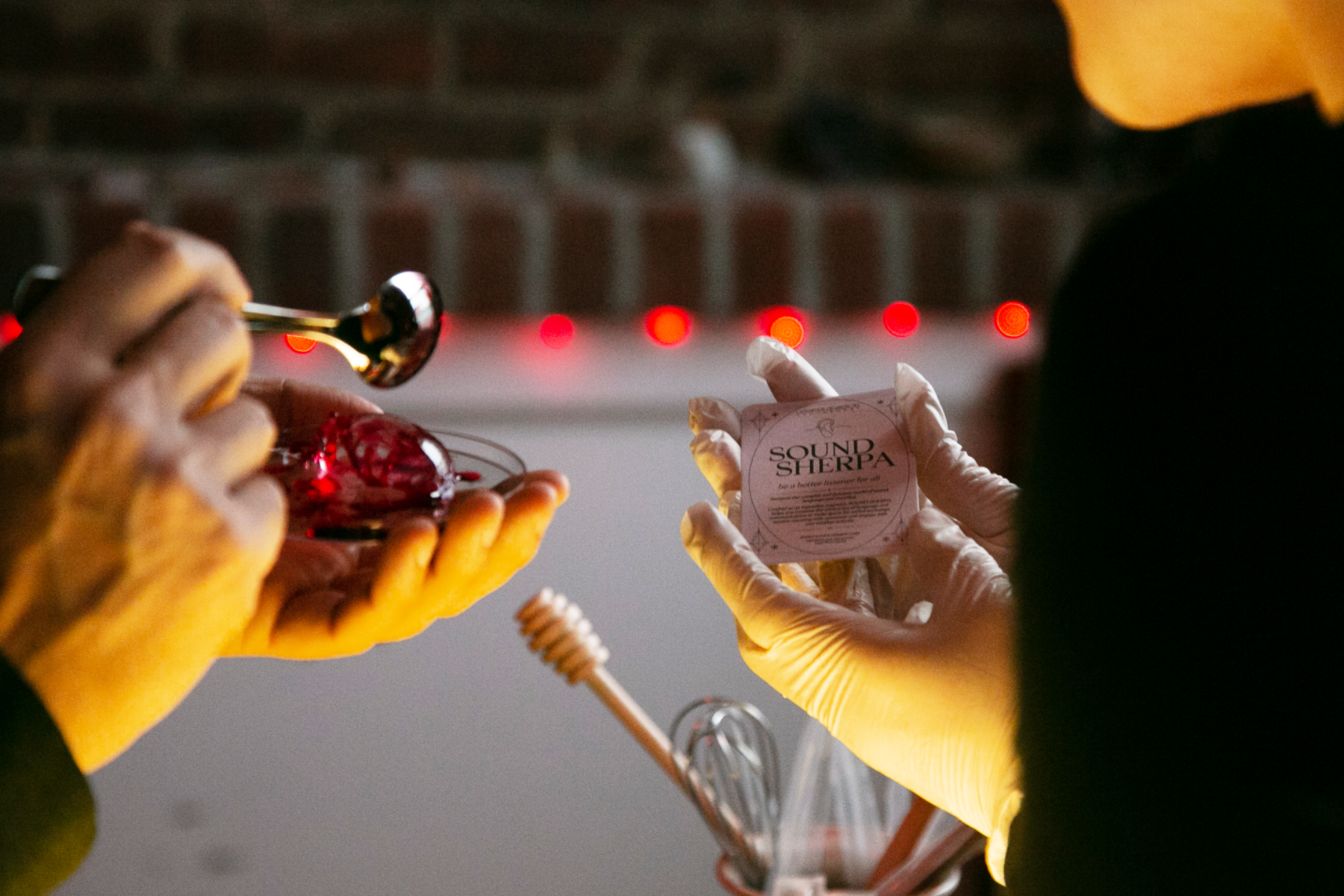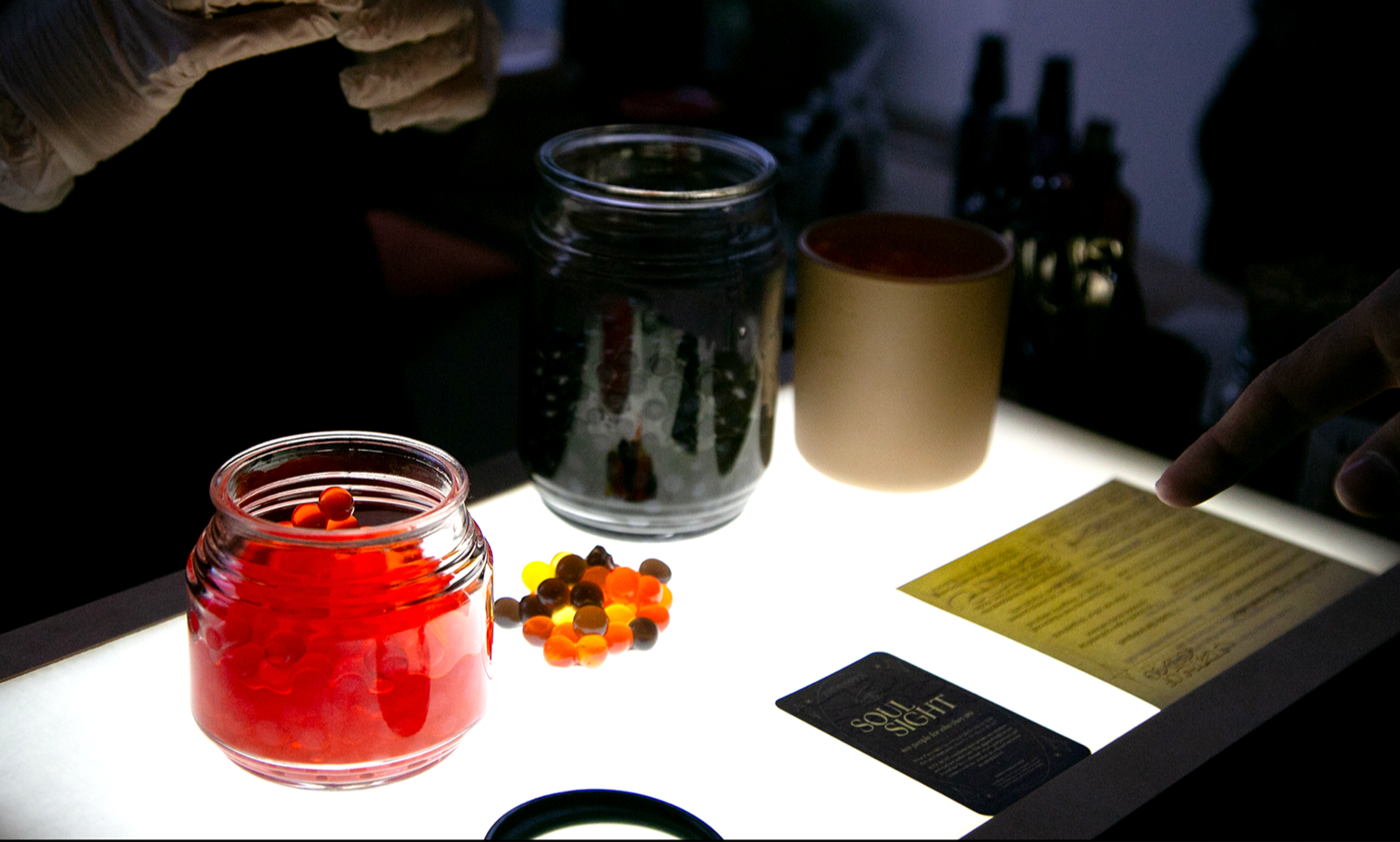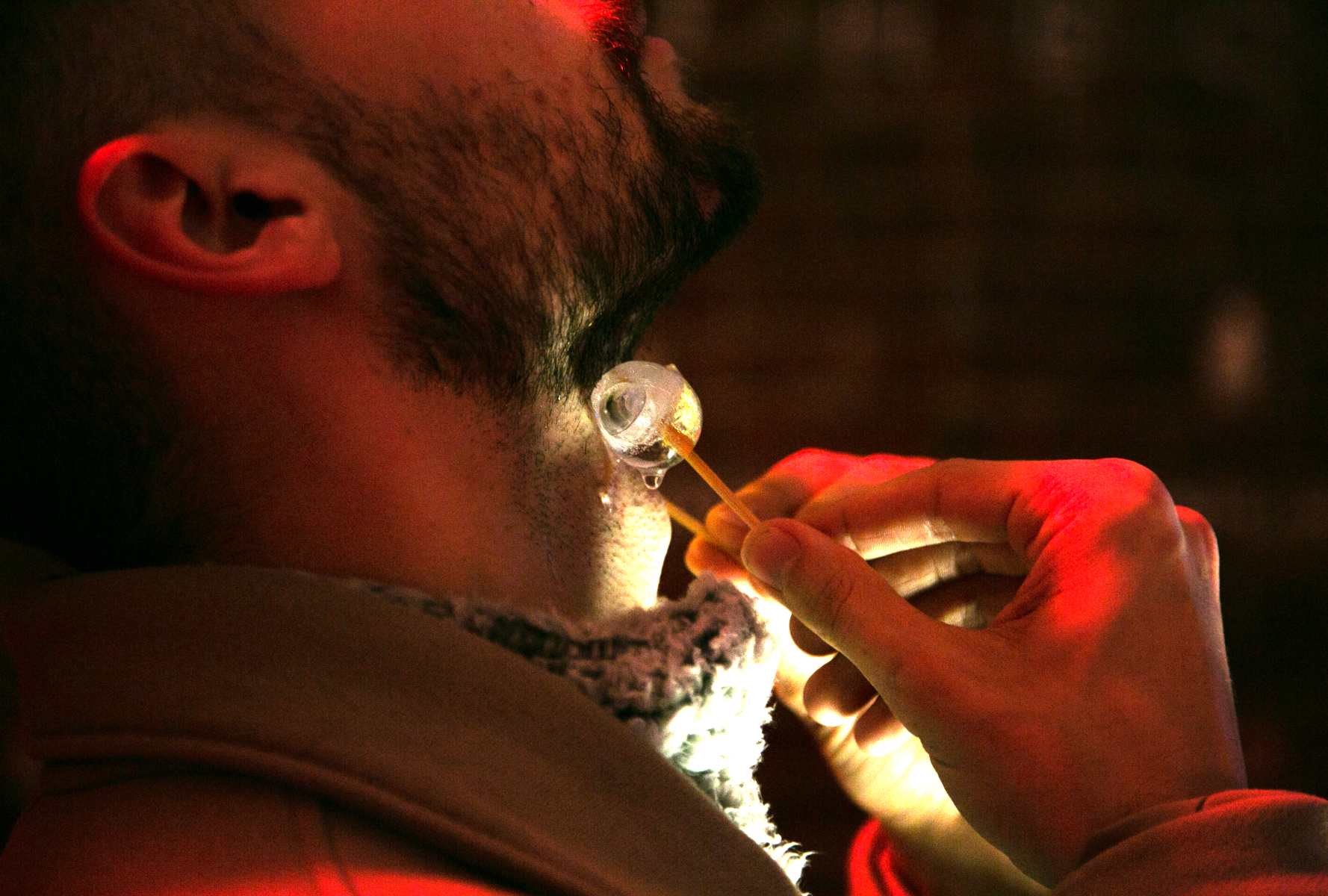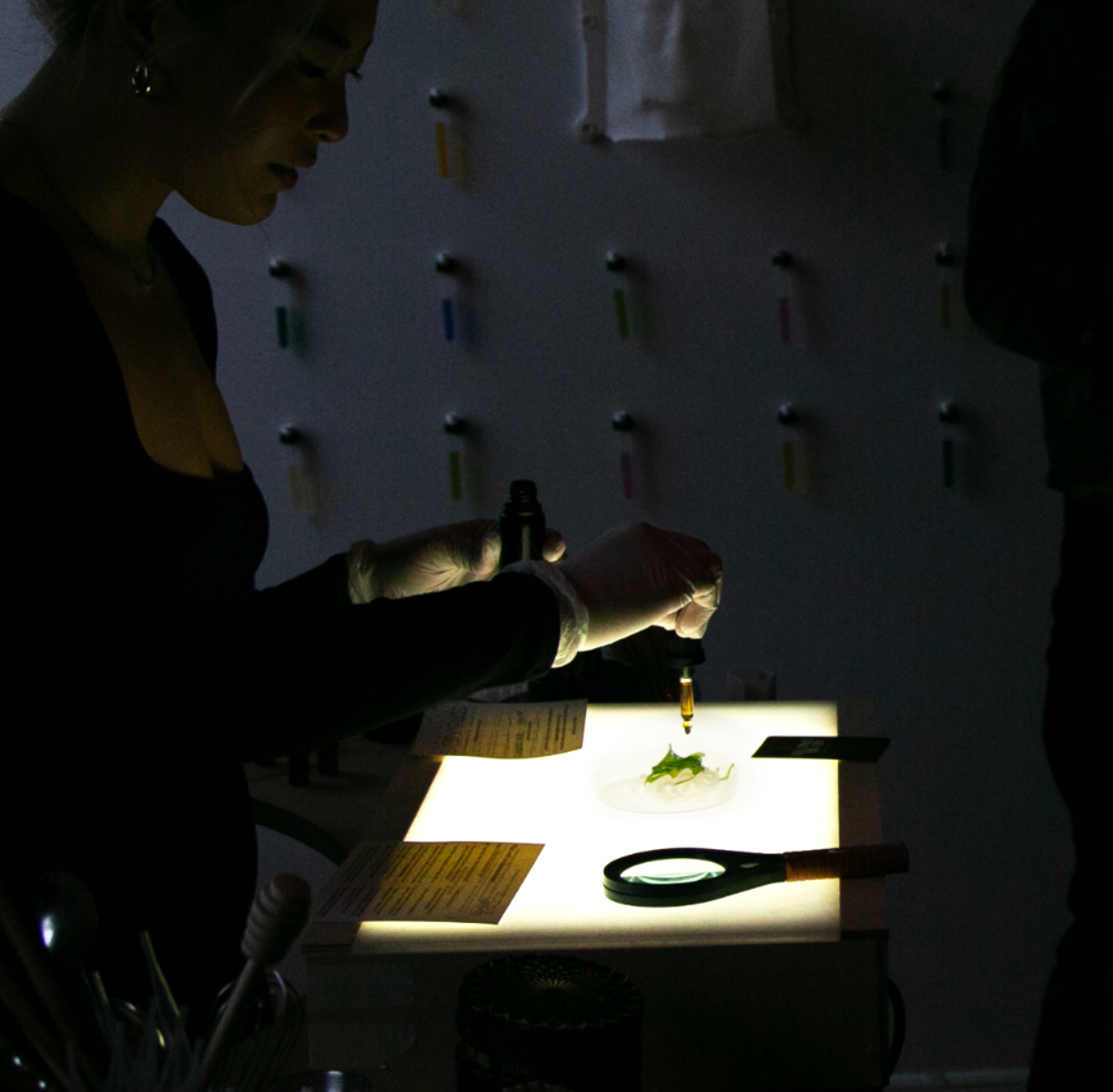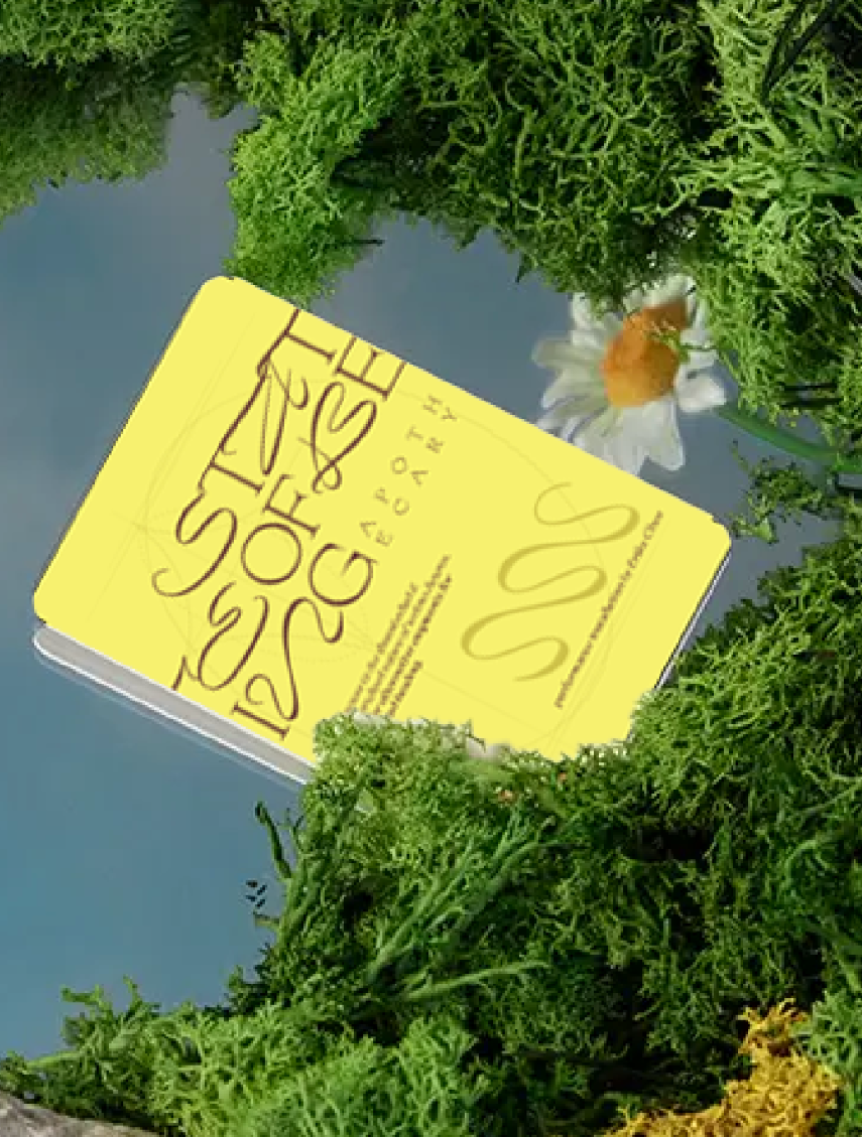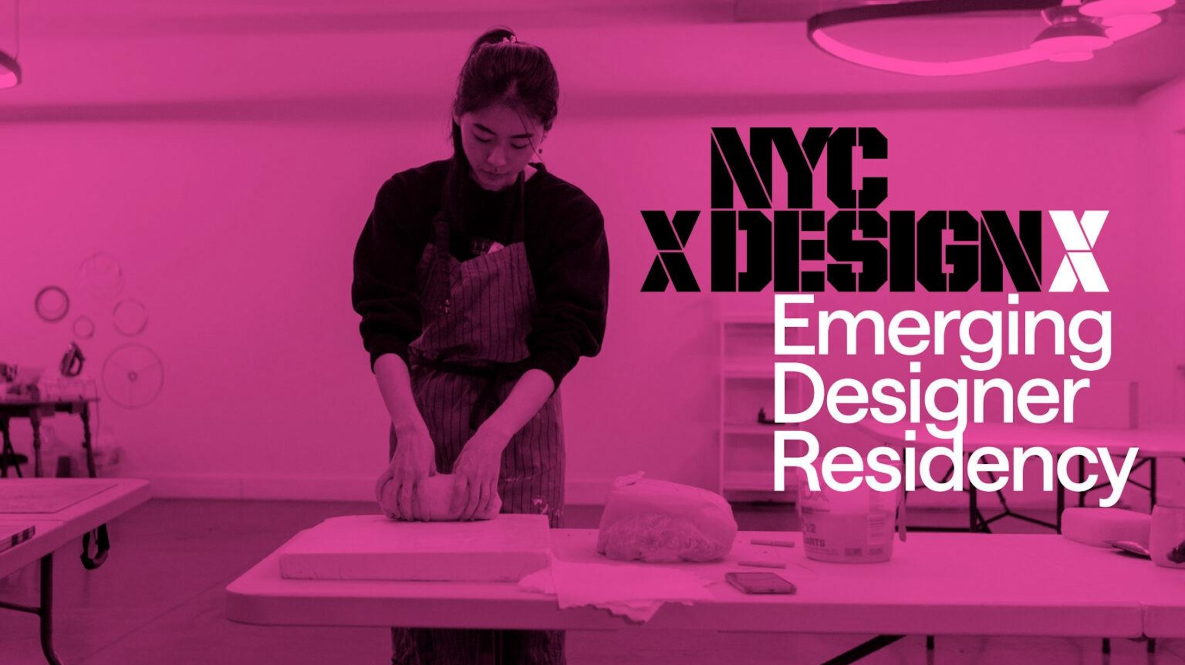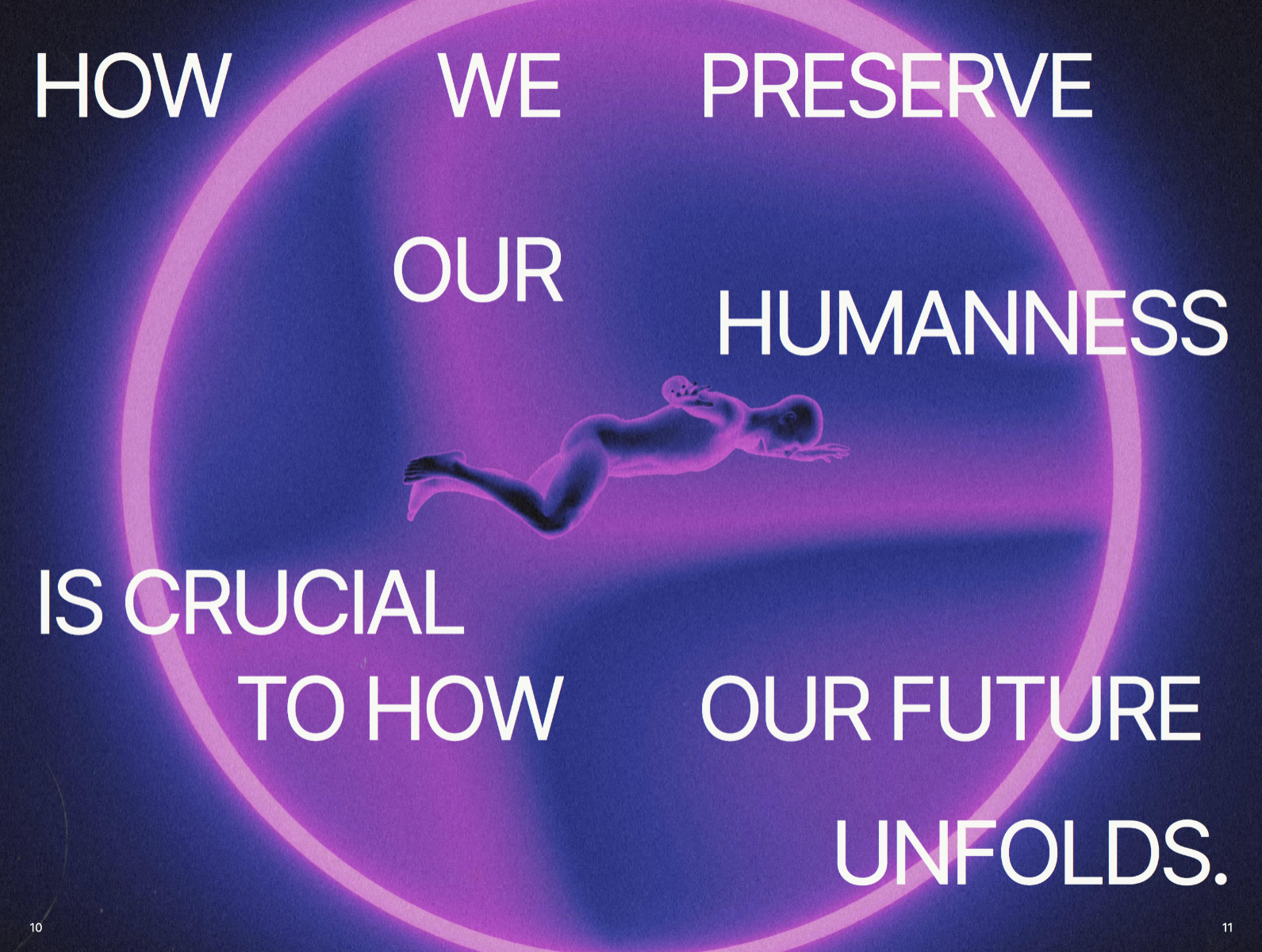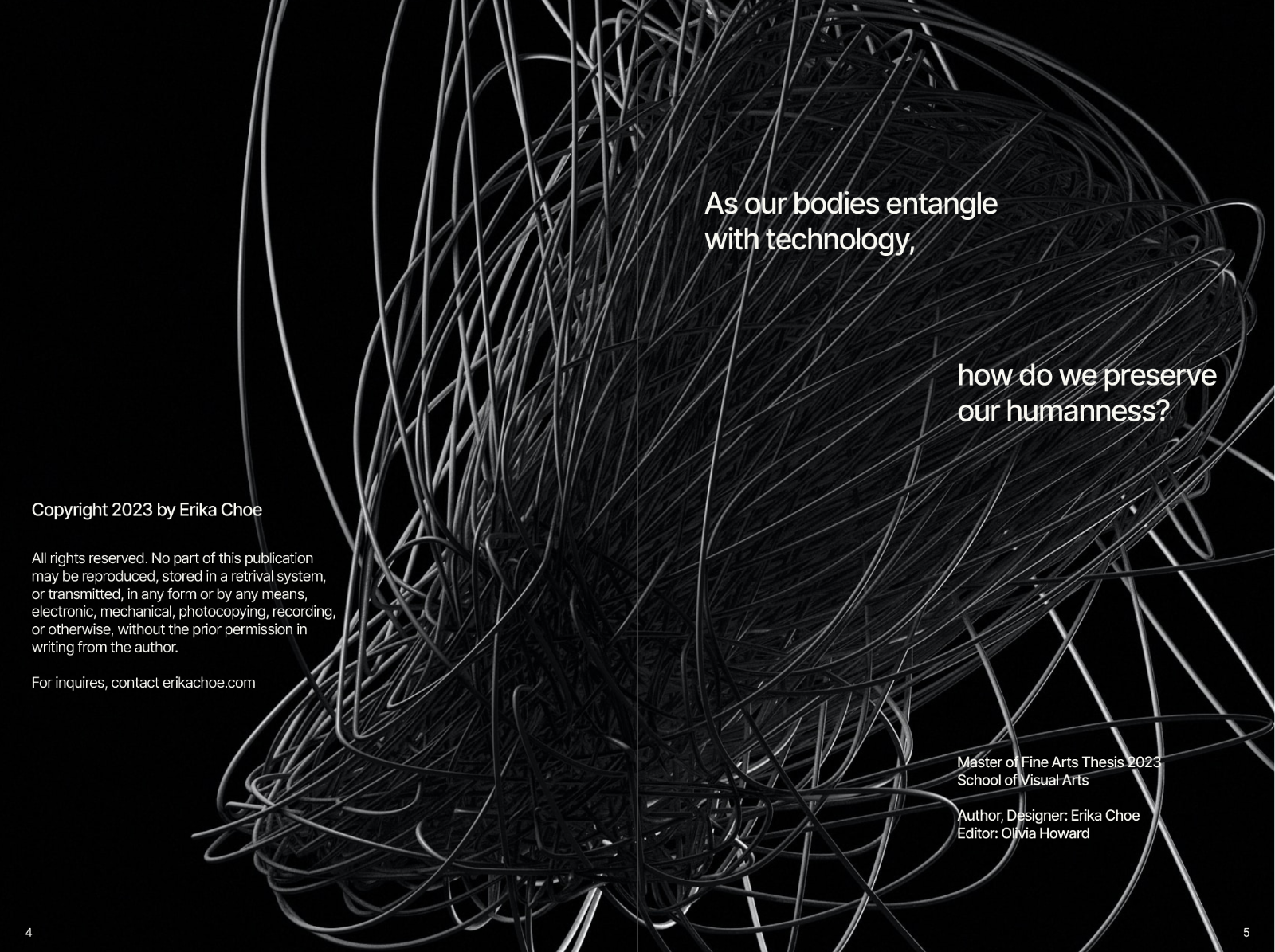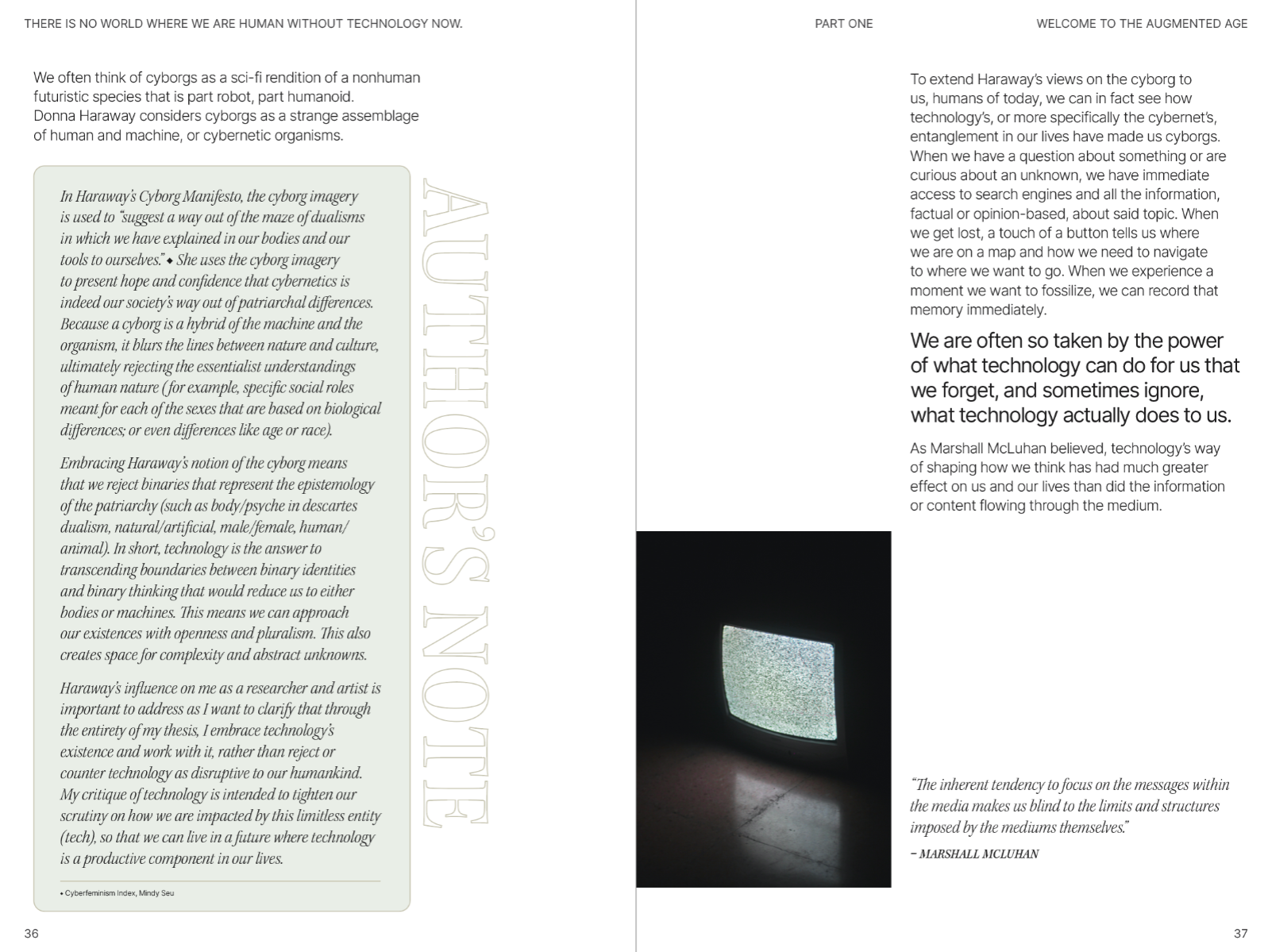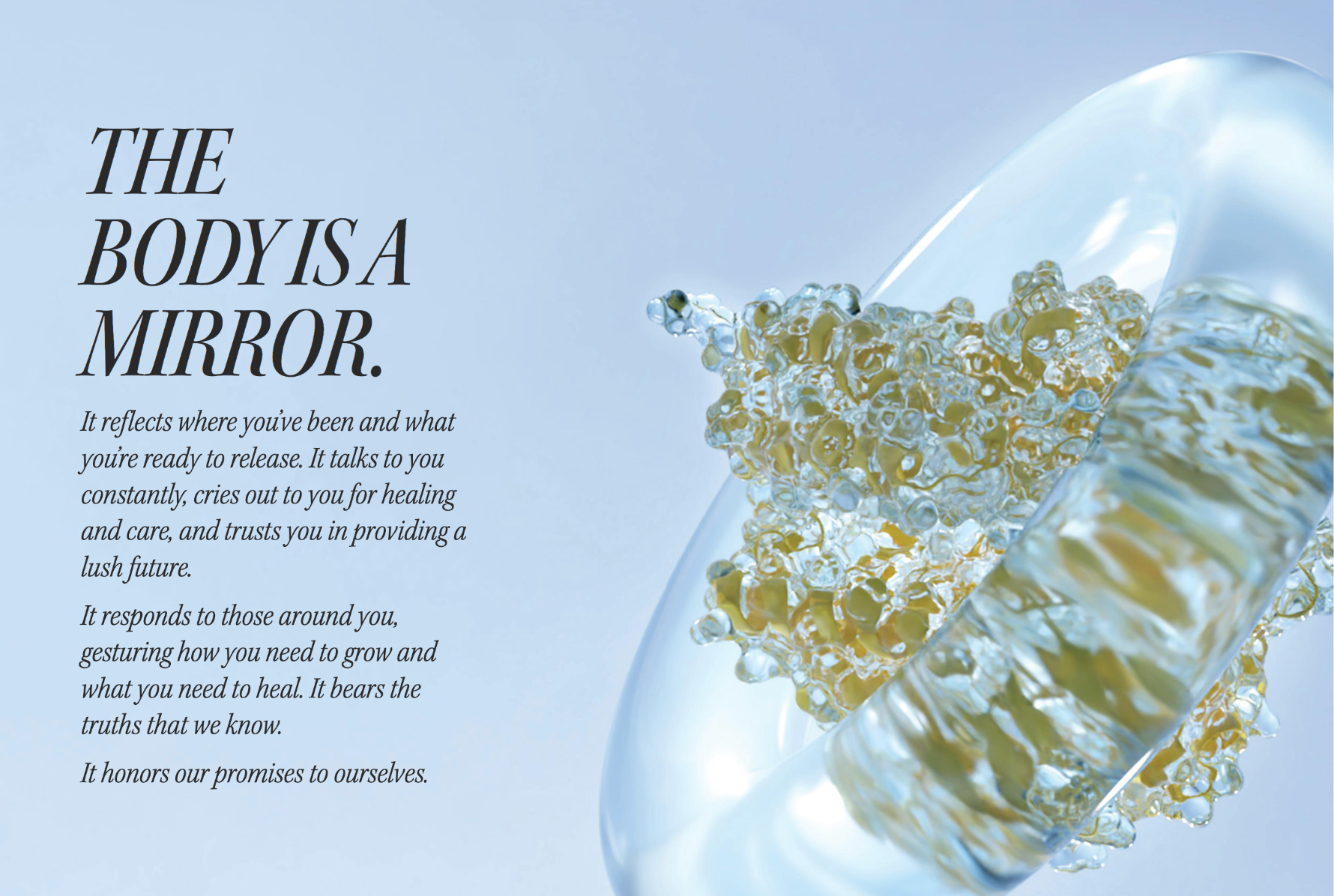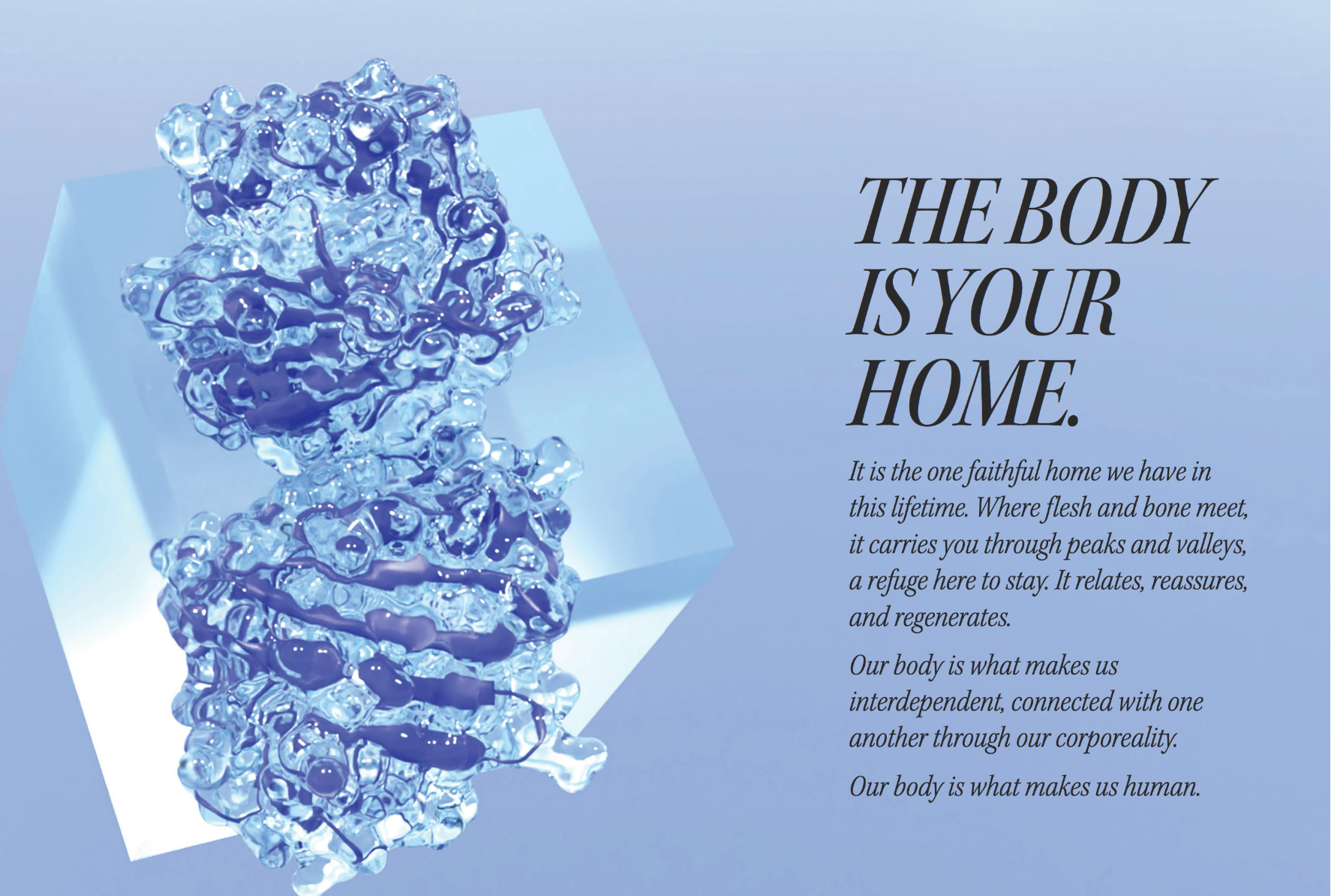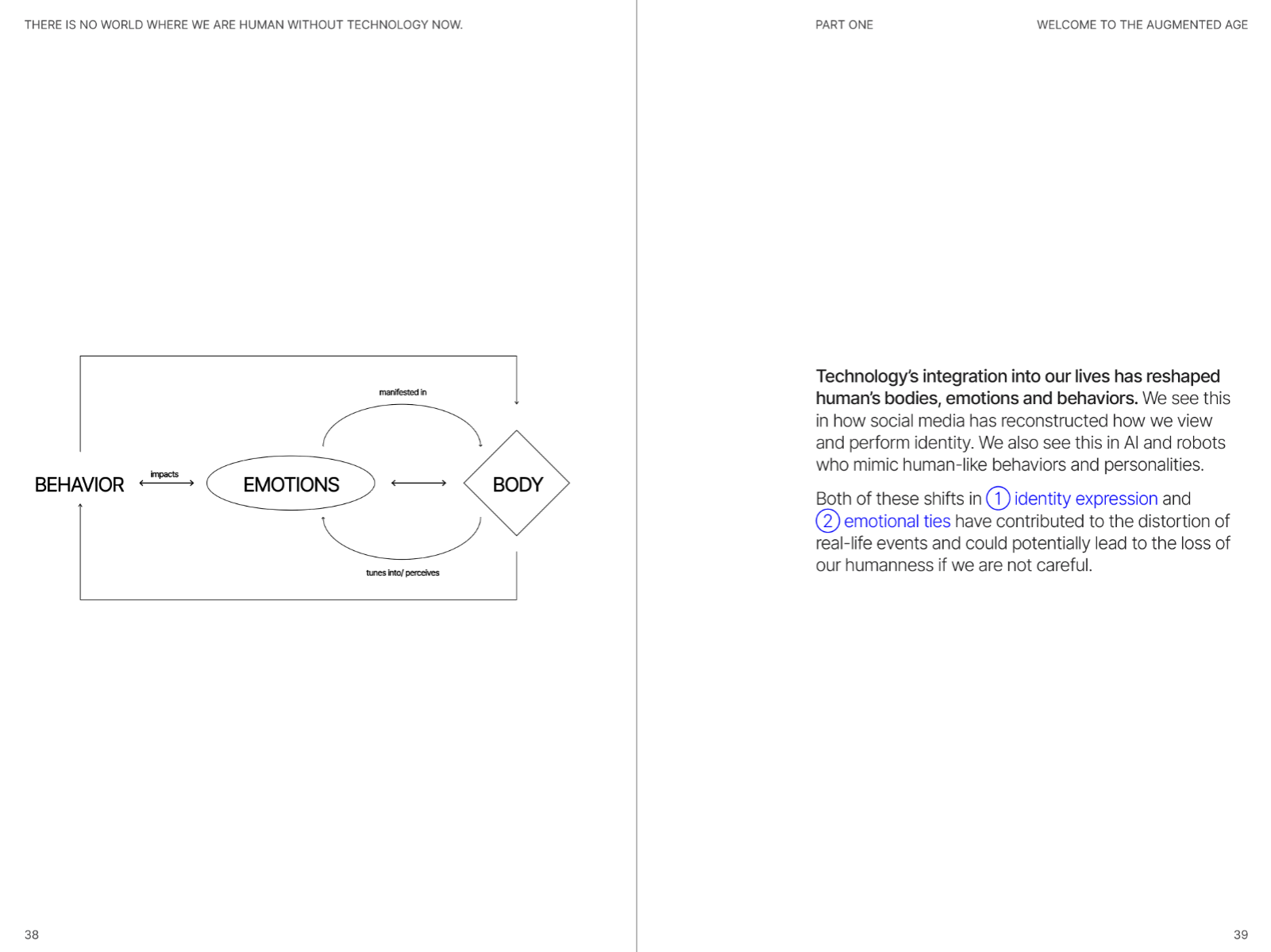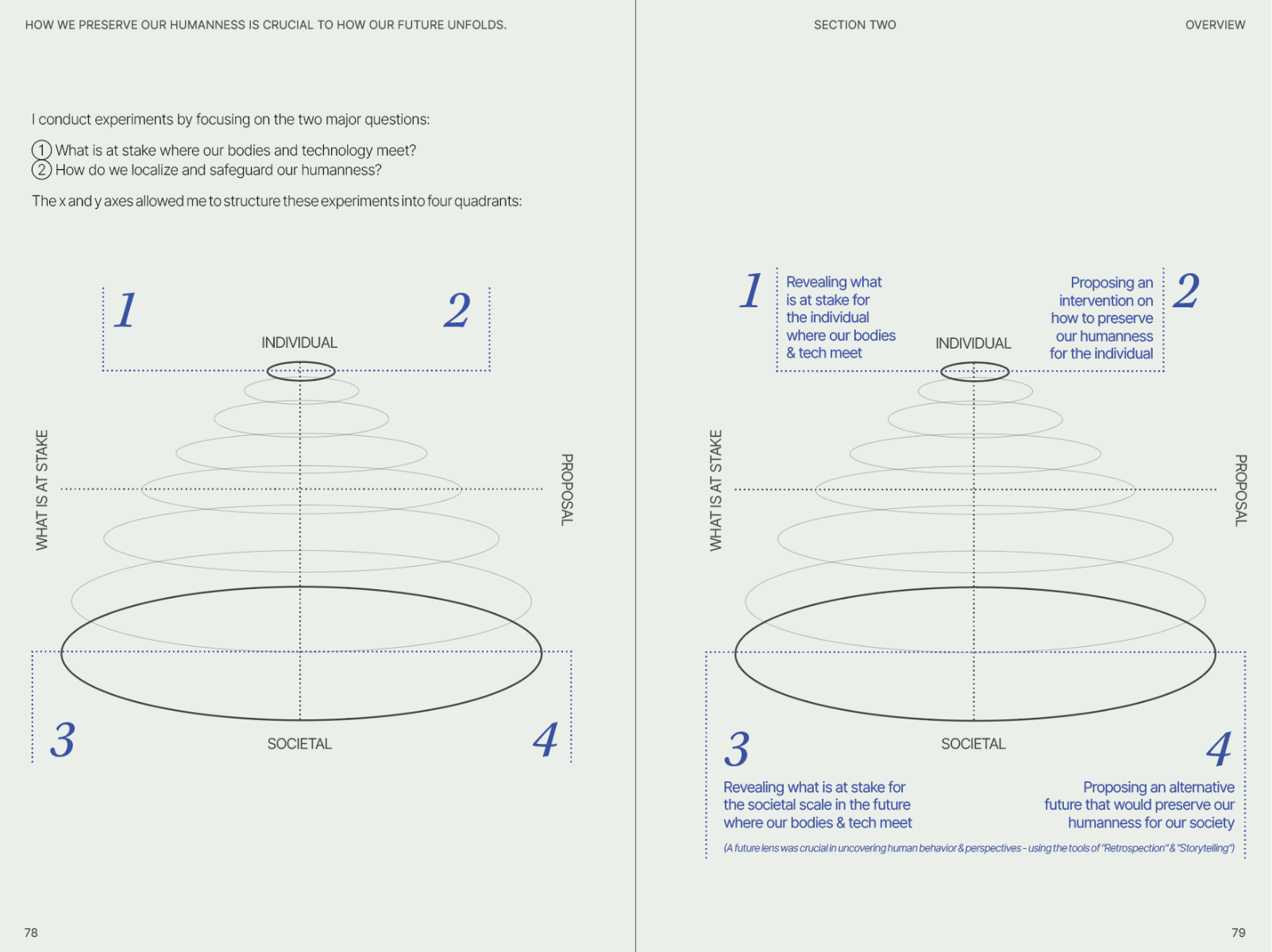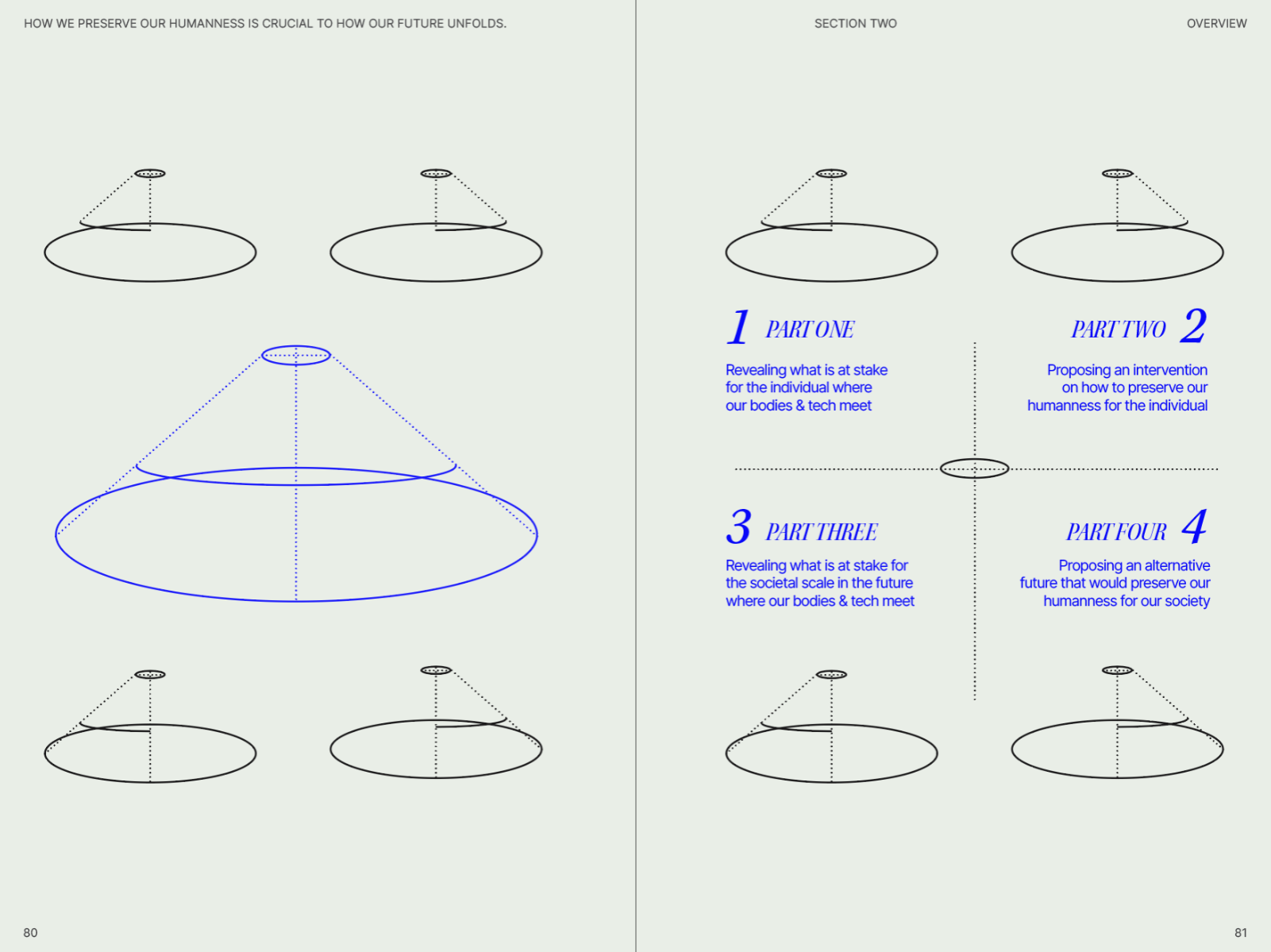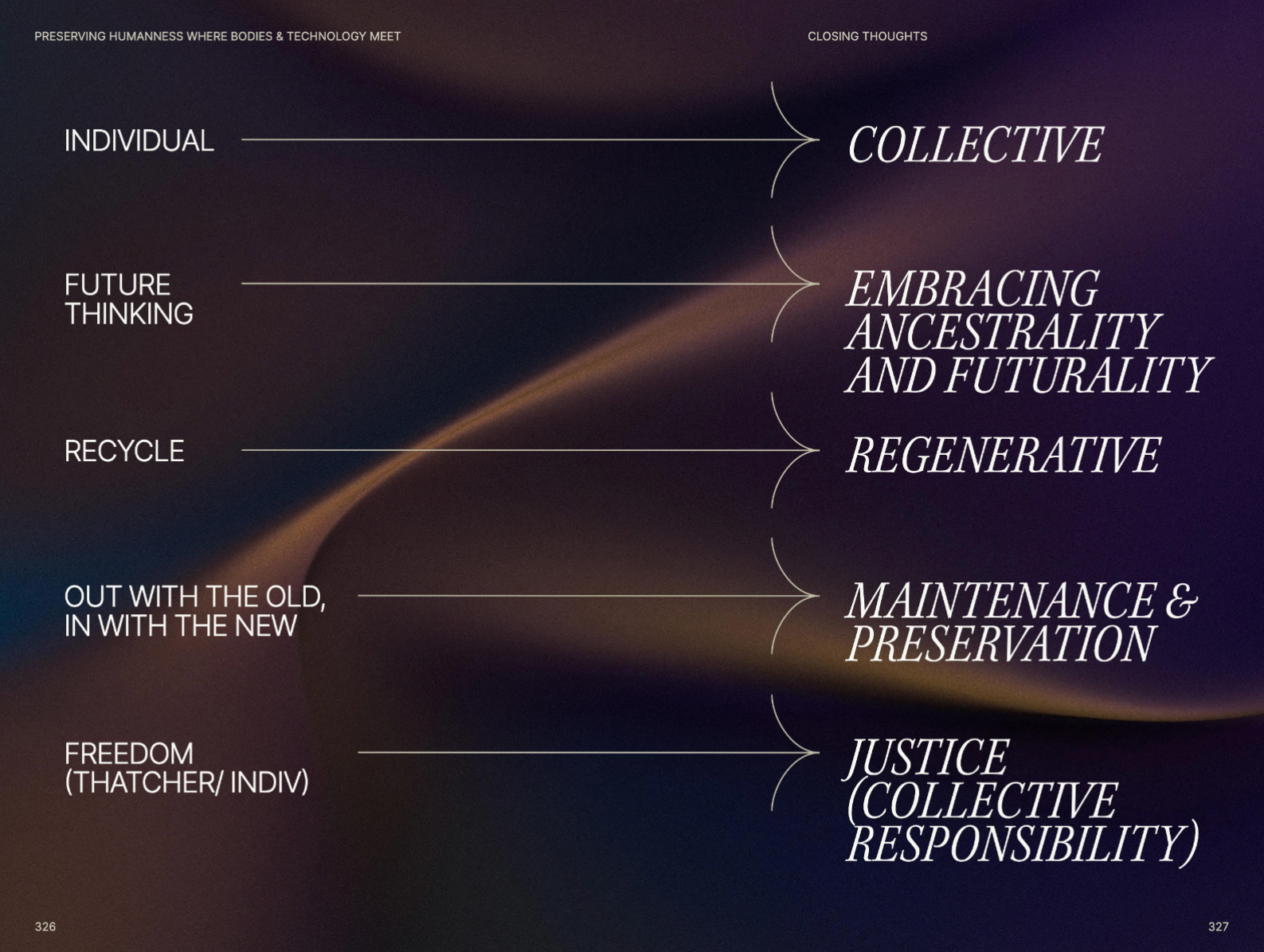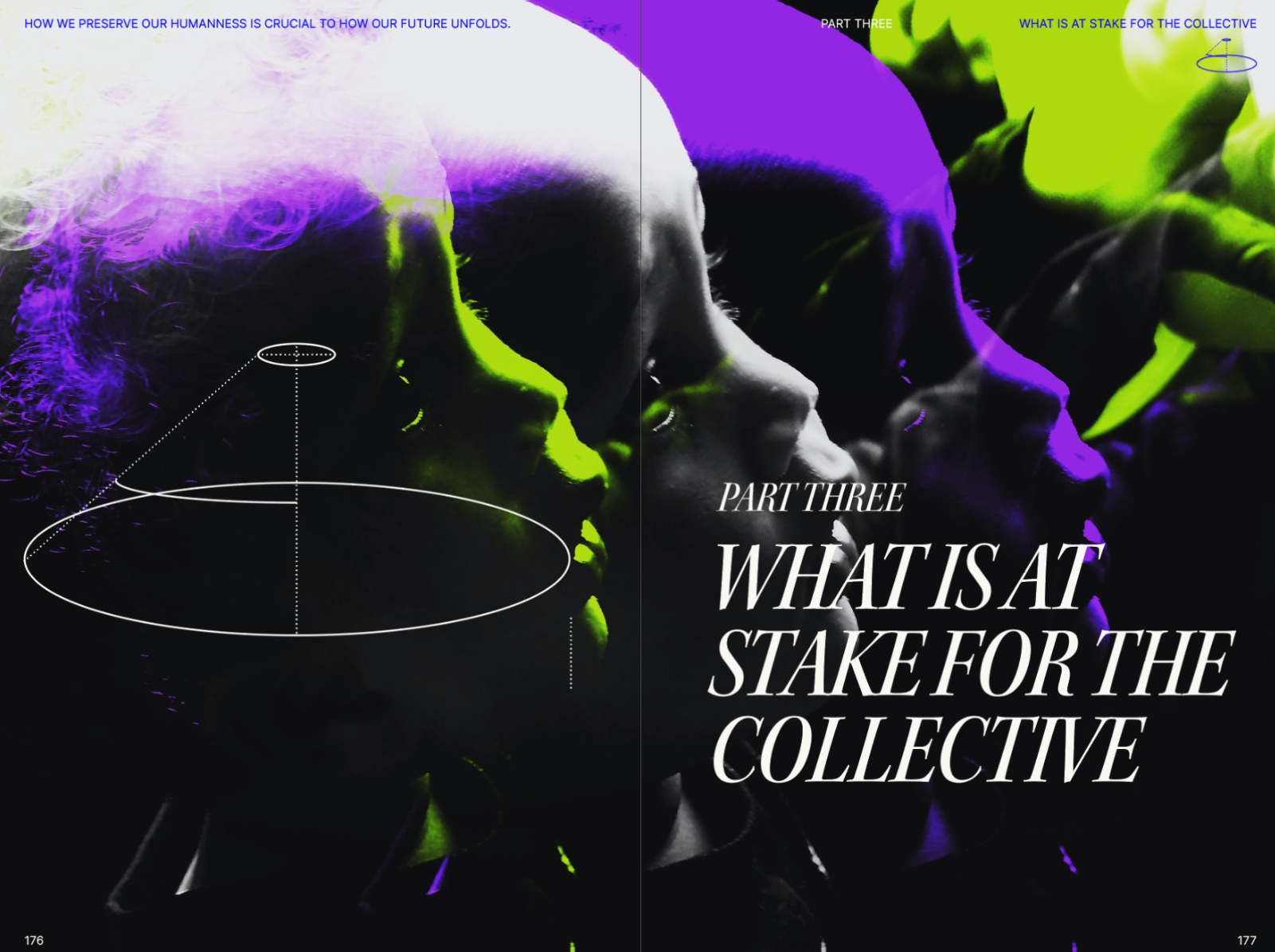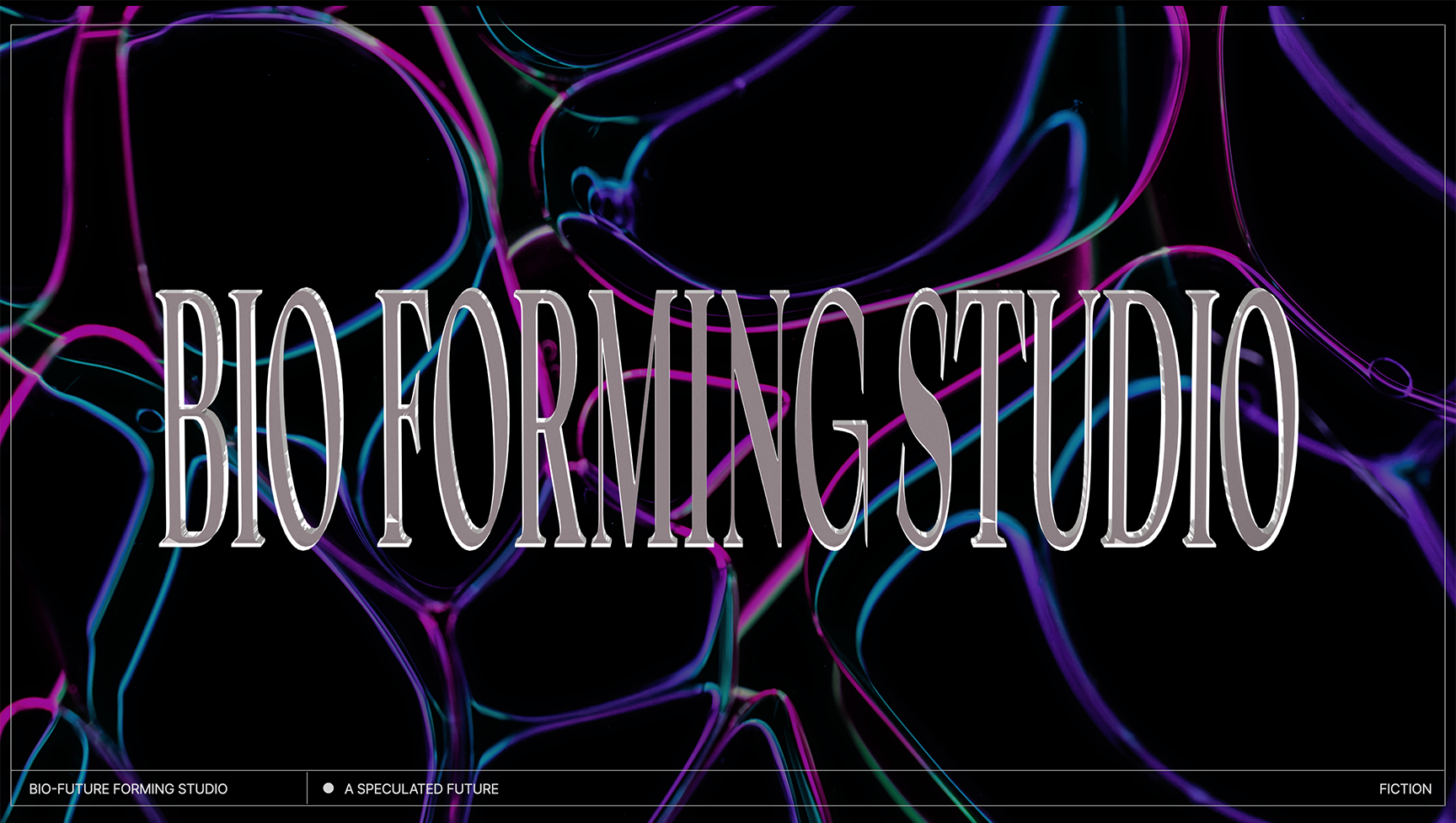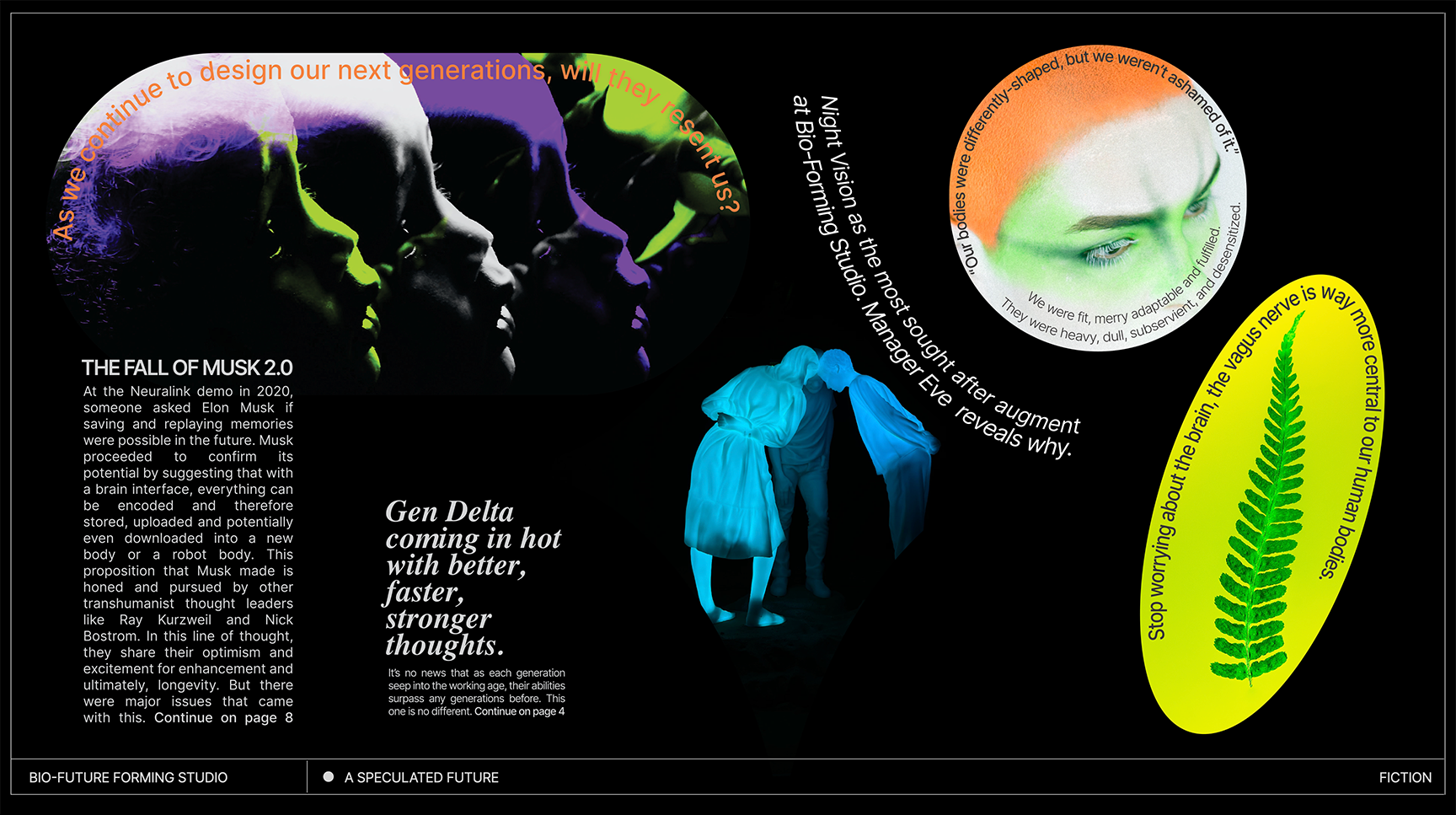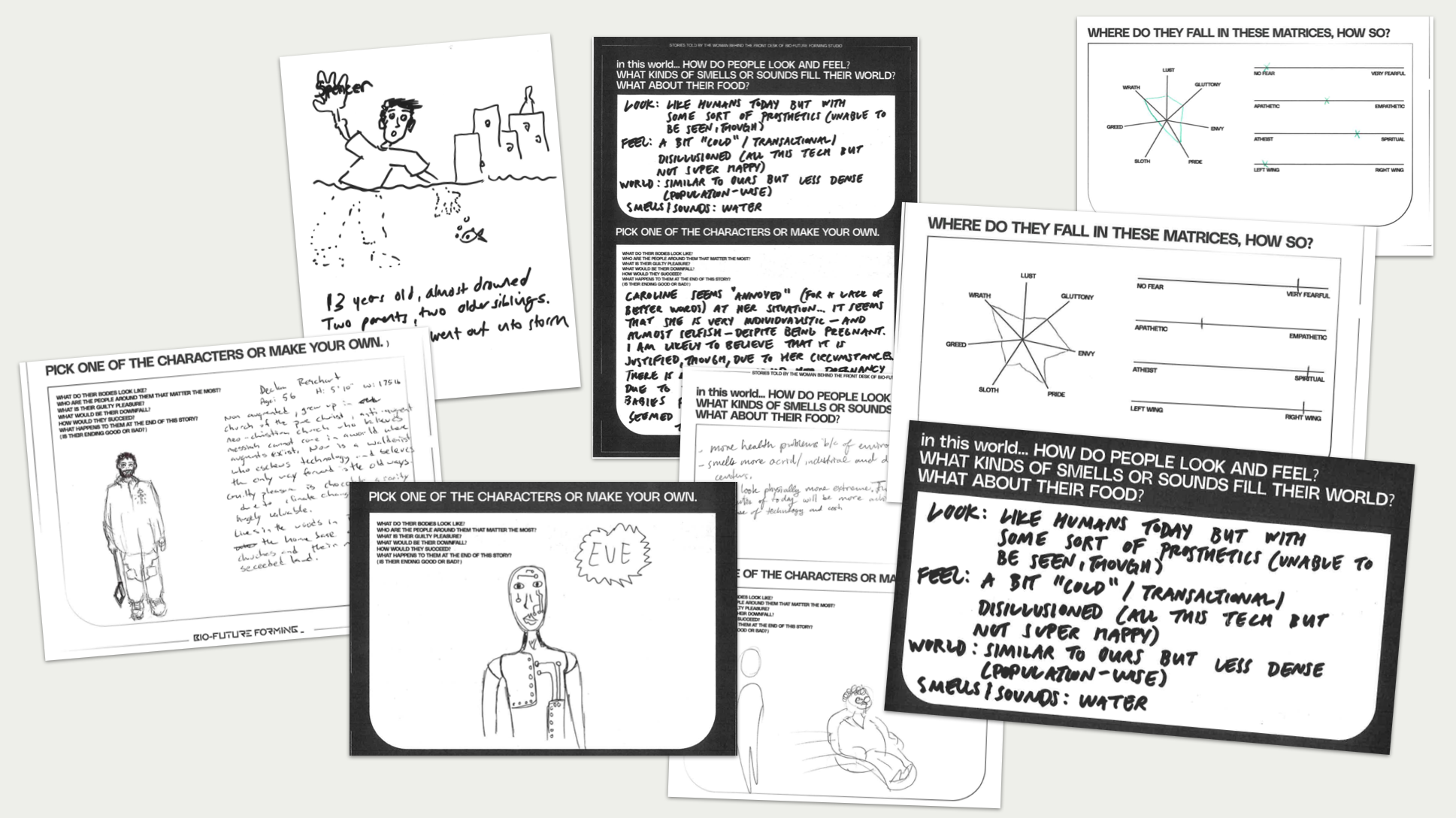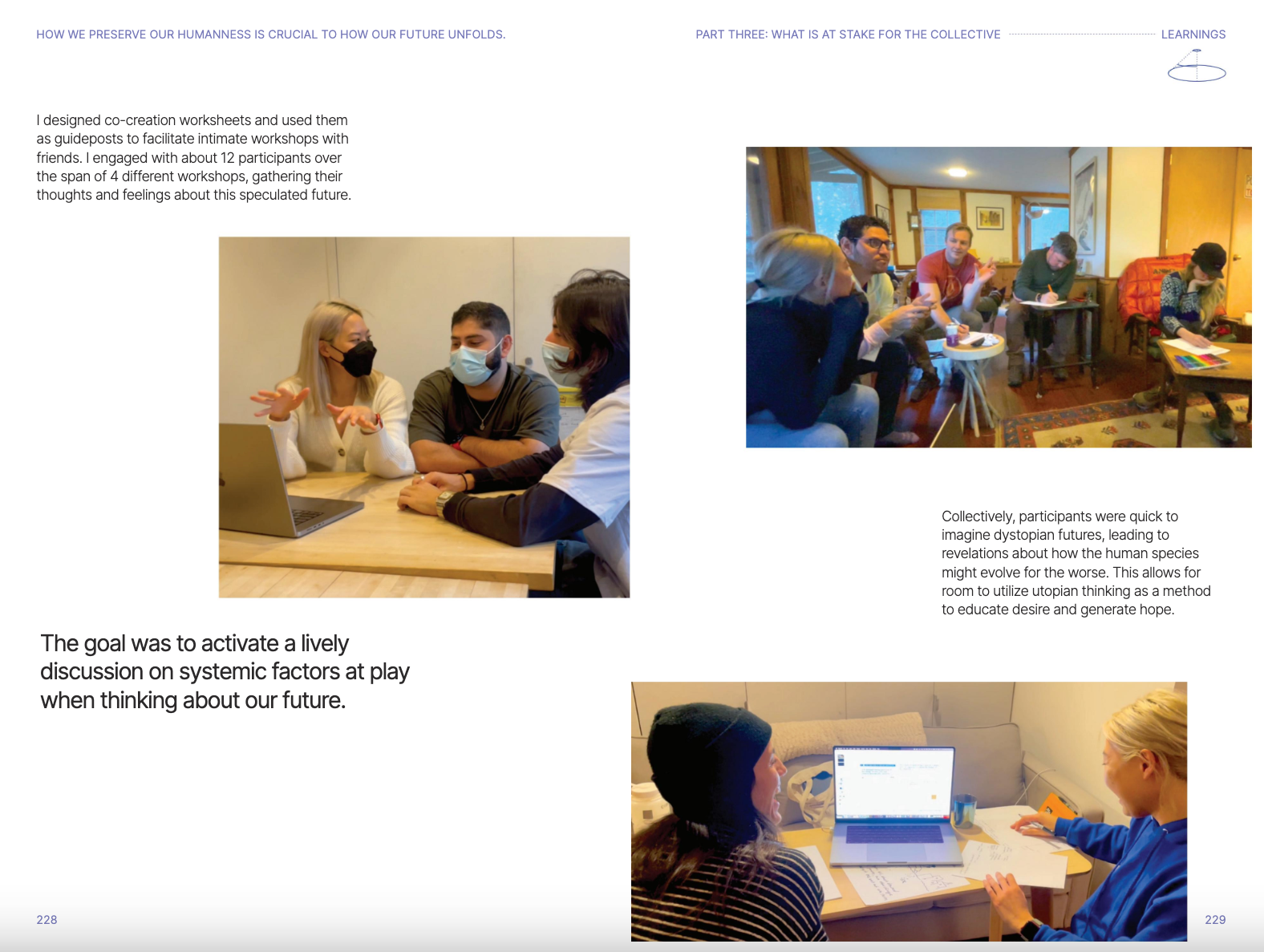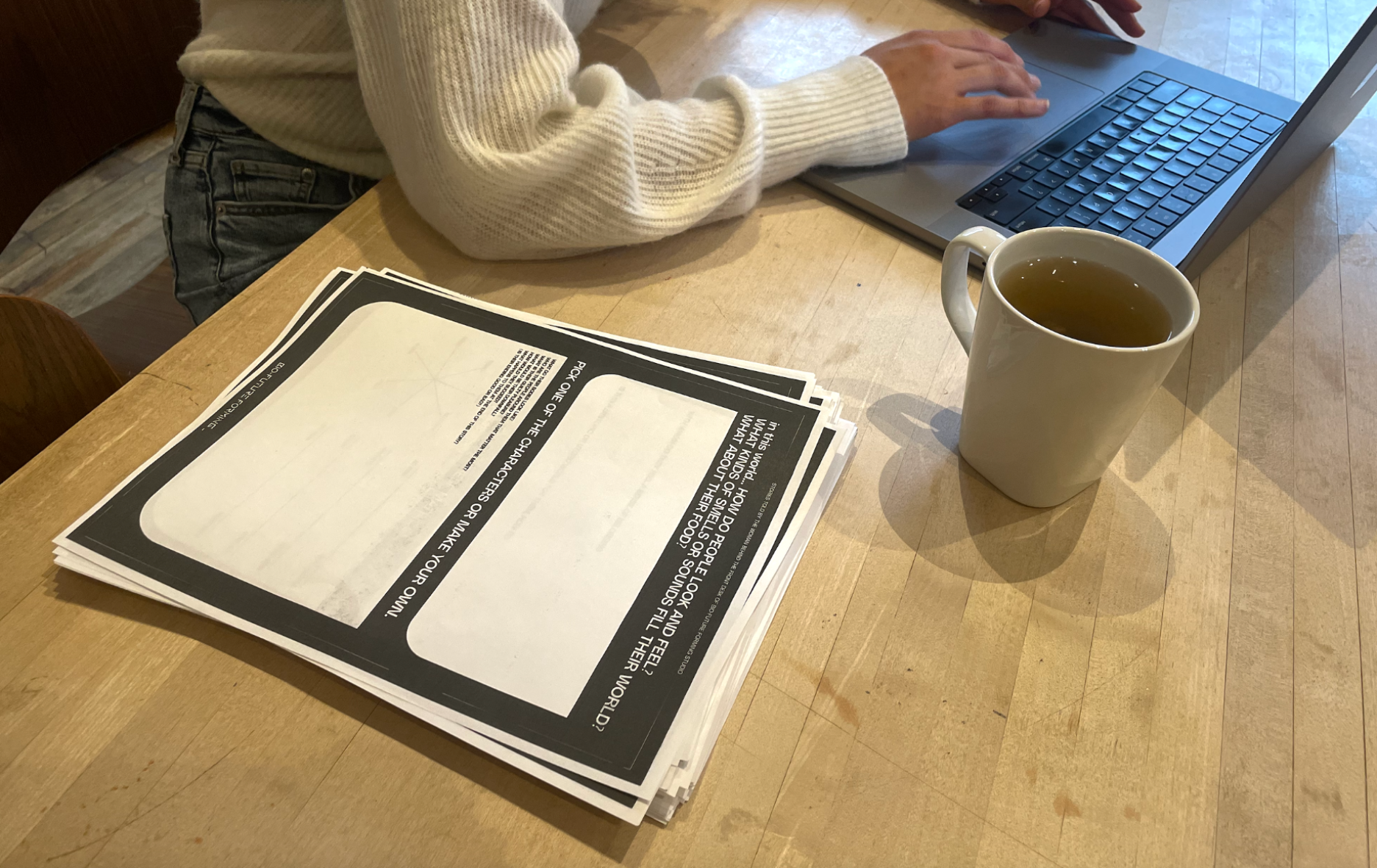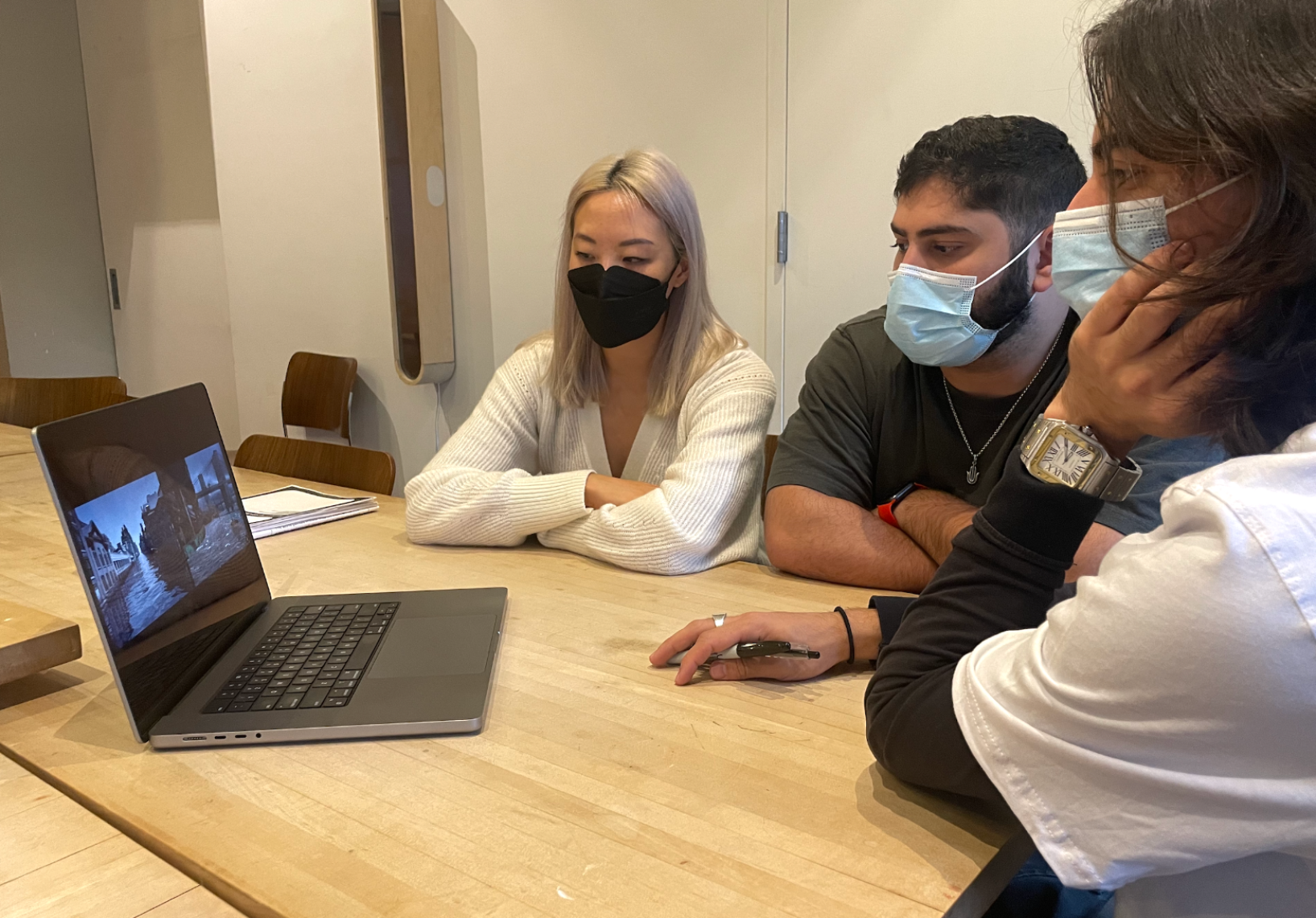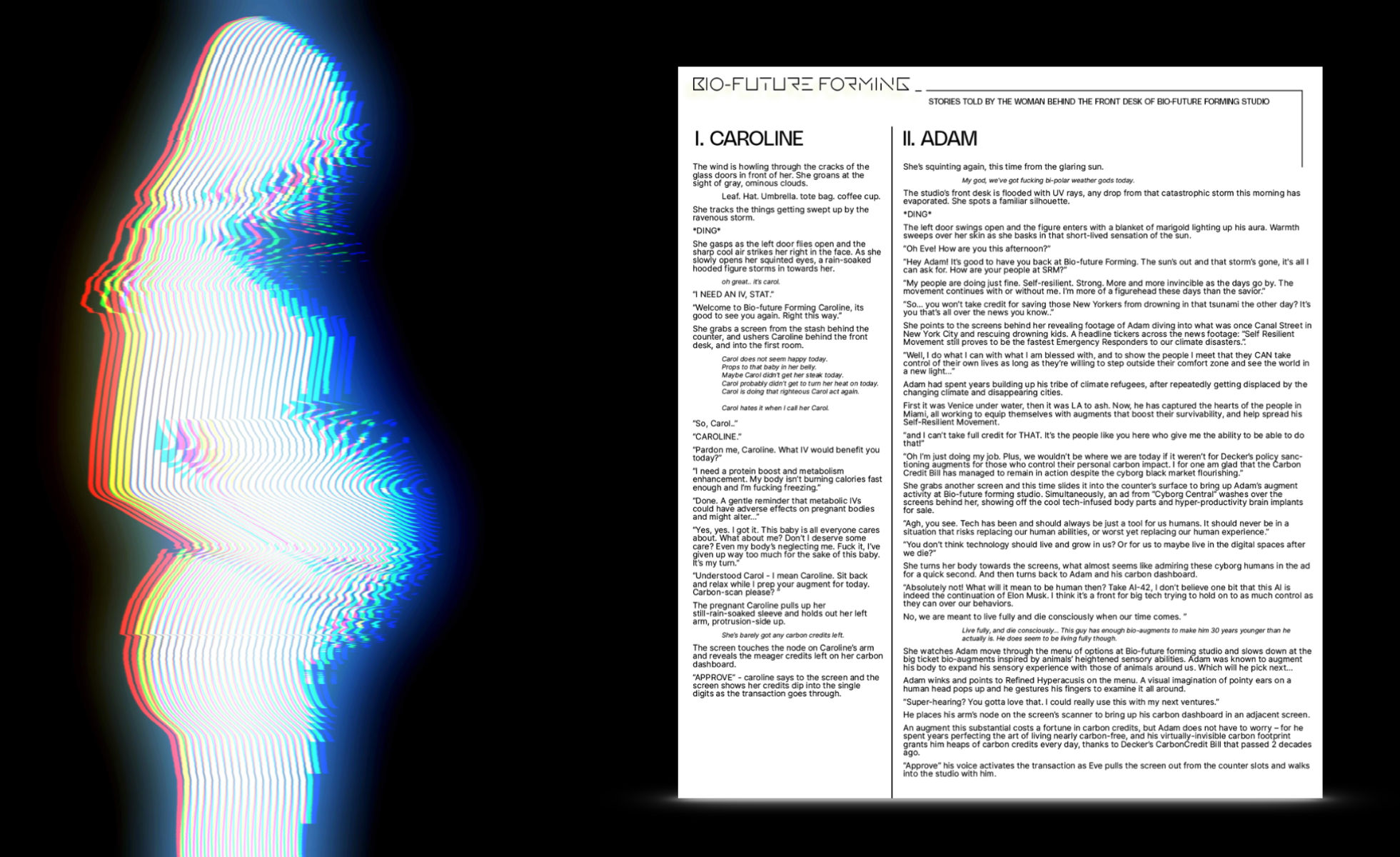Erika Choe
MFA PRoducts of Design
School of Visual Arts SVA
Specialisms: Design and Technology / Art Performance /
Location: New York, United States

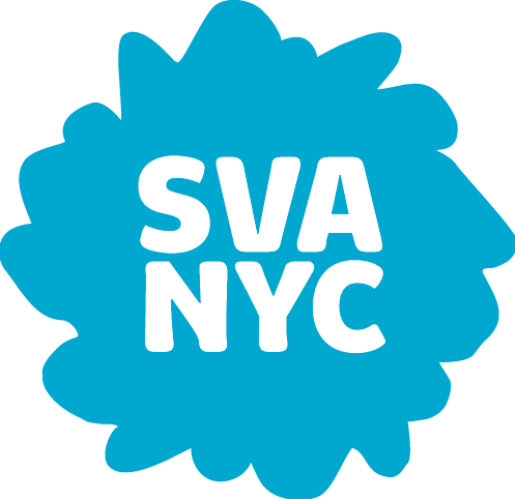
Erika Choe

First Name: Erika
Last Name: Choe
Specialisms: Design and Technology / Art Performance
Sectors:
My Location: New York, United States
University / College: School of Visual Arts SVA
Course / Program Title: MFA PRoducts of Design
About
Hi I'm Erika! I'm an artist, designer & movement practitioner interested in what makes us embodied humans amidst our entanglement with technology. I come from a blend of east & west, where I was born in NYC, grew up in Singapore & spent my adulthood living in Virginia, Chicago & Brooklyn. I am drawn to teams that champion humanness through experiential storytelling, and are unafraid to stretch the limits of our norms. I love getting my hands dirty & immersing in projects from start to finish. My current design practice integrates my spatial & rhythmic sensitivity honed through choreographing & dancing for 25 years, together with my freelance work at brand & marketing agencies, and with tech start-ups. For the past 2 years, I've been at grad school workshopping a design practice that feels true to my background, while pushing outside of my comfort zone to build skills in exhibition installations, physical & virtual production, & industrial design.
State of being apothecary
How do we use technologies to augment ourselves? How willing are we to allow technologies to permeate our bodies and change our very being? What is at the root of our desires to augment ourselves? Does our collective responsibility towards each other and our planet fold into our wish fulfillment for augmentation? To ask these questions in the form of an experience, I developed a performance installation called State of Being. Building a parallel world that sits between the line of oddly nostalgic yet unfamiliar and surreal, State of Being is situated in an apothecary experience. The installation uses magical realism to imagine a world where the focus of augmentations and enhancements are presented through a post-humanist and anti-capitalist lens. It is a direct response to the disembodied and dematerialized nature of our techno-futures. By proposing augments that magnify the embodied experience rather than separate brain and body, it counters the disembodied nature of typical technologized augments. By situating feeling in the physicality of our human bodies rather than the mind and its inner psyche, the proposed augments in this experience counters the dematerialized nature of technology. The set up of this installation was crucial to curating a lived experience that captivates my audience. Large and warped vinyl text hug the corner of its entrance, mimicking the feeling of walking into a wormhole of a different dimension. Upon entering the apothecary, the atmosphere immediately hits different – it is dense, mysterious, familiar, yet other-worldly. The space, bathed in rich warm orange lighting, is peppered with an eclectic curation of vintage tchotchke, hand-written chalk sketches and scenes from a futuristic science lab. Just as you would in a walk-in apothecary appointment – a diagnostic card is filled out and a consultation occurs with the apothecary. Personalized remedies are prepared for you, either to be ingested or topically absorbed. From the “Second Brain” augment that aims to amplify intuition as emotional and experiential data for your body, to the “Vagal Toner” augment that aims to stimulate your vagus nerve for widened nervous system threshold for dysregulation, the experience of receiving these augments invites the recipient to be better for our collective rather than for individualistic and competitive motives.
Preserving humanness: where bodies & technology meet
Humans have always been deeply entangled with technology. Big tech companies have created monopolies over information, the medical community has developed technological enhancements to help improve patient’s quality of life, and humanity has become obsessed with removing barriers between bodies and technology. We have developed such close ties with technologies that the issue now is not whether these technologies threaten or improve the “human”, but rather how human bodies materialize with and in them. What is at stake is how people understand their bodies in relation to technologies, and consequently how that impacts their understanding of what it means to be human. The speed of technological innovation needs to be met with considerations for how we redefine and evolve what it means to be human. How do we ensure that we are building the future that we want, not the future that those in power want for the rest of the world? How do we localize and safeguard our humanness? The nature of my thesis work is exploratory and conversational. Some aspects are action-oriented micro-interventions and proposals; while other aspects are exhibitory, with the goal of bringing awareness and conversation to complex and abstract topics. The basis of my study centers around the examination of transhumanist visions for our future, and the concern that human exceptionalism will take over subconsciously. In my research, I explore the dangers of perfecting humanity through extractive means, eliminating flaws in our human bodies and lives, and countering disability with augments that could lead to modern day eugenics. As a response to these heavy topics, I developed design experiments to achieve two goals: bring awareness and conversation around these topics, and empower agency by proposing a new way of looking at our habits. Through these design experiments, I use posthuman politics that transcend the boundaries between binary thinking and identities to counter-propose new ways of reaching our wish fulfillment.
Competitions

Global Design Graduate Show 2023
engaging humans in futuring workshop
How will our bodies look and feel in the future? How will genetic engineering change spirituality in the future? As we meet with technologies that are directly impacting our human evolution, we need to ask difficult questions and re-assess how we define what it means to be human as we move into the future. Brain implants, body augmentation, gene splicing, CRISPR technology, and epigenetic editing – we have yet to fully comprehend the potential unintended consequences of our rapidly developing human-enhancement innovations. And that makes for conversation around these topics difficult to conceptualize and discuss. To navigate these complex questions, I imagined a speculated world where augmentation is commonplace and has changed how our bodies function and adapt to climate crises. I wrote several short fiction stories that were based in the year 2100, where adapting to the climate crisis was the priority of body augmentation for survival. Written from the point of view of a woman behind the front desk of a futuristic bio-augmentation studio, we are introduced to two of her patrons, each coming from different walks of life: one is a pregnant surrogate mother and the other, a climate refugee turned hero of the self-resilience movement. These stories were shared in intimate gatherings of designers, art producers, and climate experts, to gather their thoughts about how our bodies would look and feel in the future, and what we should hold back on. It leans into methods of speculative futuring to provoke what if something like this happens? Do we want it to happen this way? Discussion centered around two main themes. The first was what it really means to be human if our bodies have the technological ability to morph into animalistic behavior. The second was the craving and desire for community and care no matter how destructive the world seems to be. By tapping into people’s emotions through fiction, we can utilize the power of storytelling to engage and prompt considerations for these complex topics. This experiment elicited strong emotional reactions from its audience, most of which were centered around contemplating the characters’ decisions. The conversations forced workshop participants to sit in discomfort and reflect on what about our humanness is sacrificed or challenged in these stories. And subsequently, how that would play out in our real human futures.
Competitions

